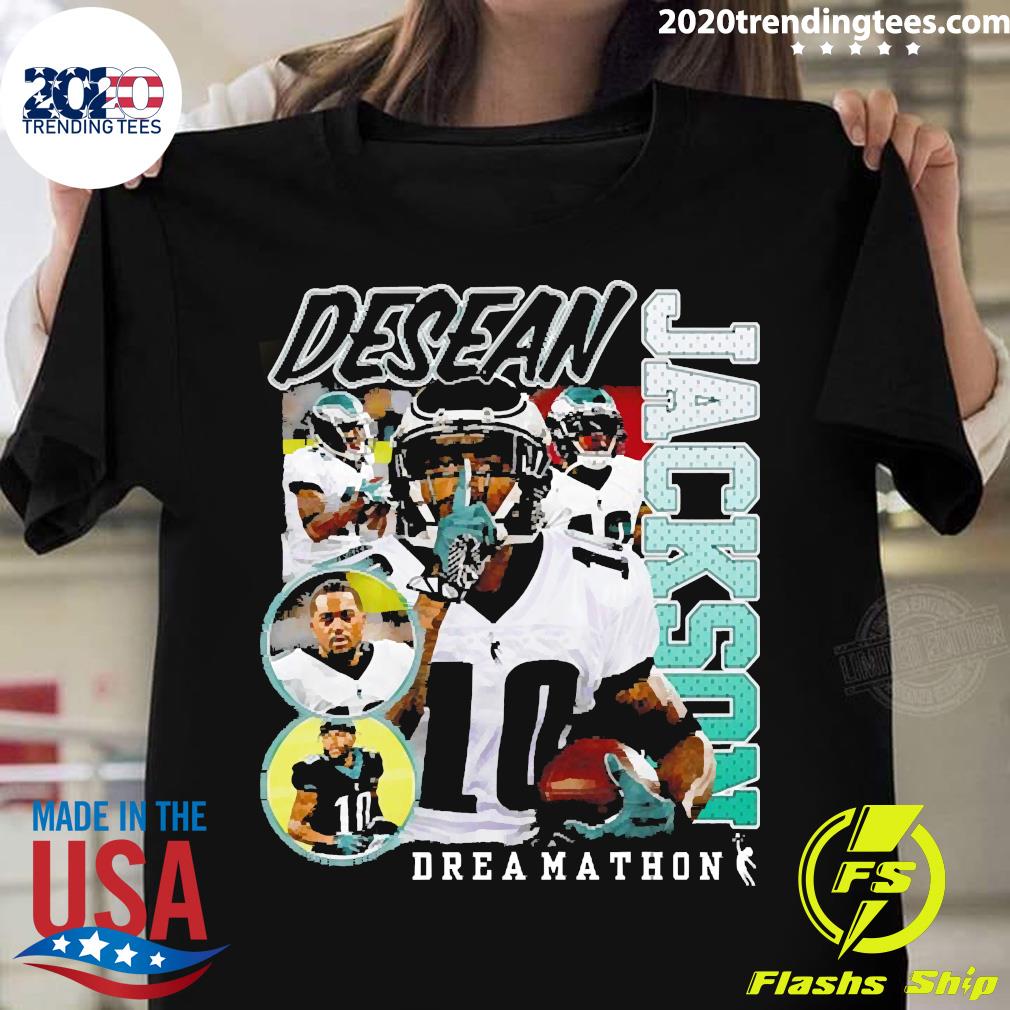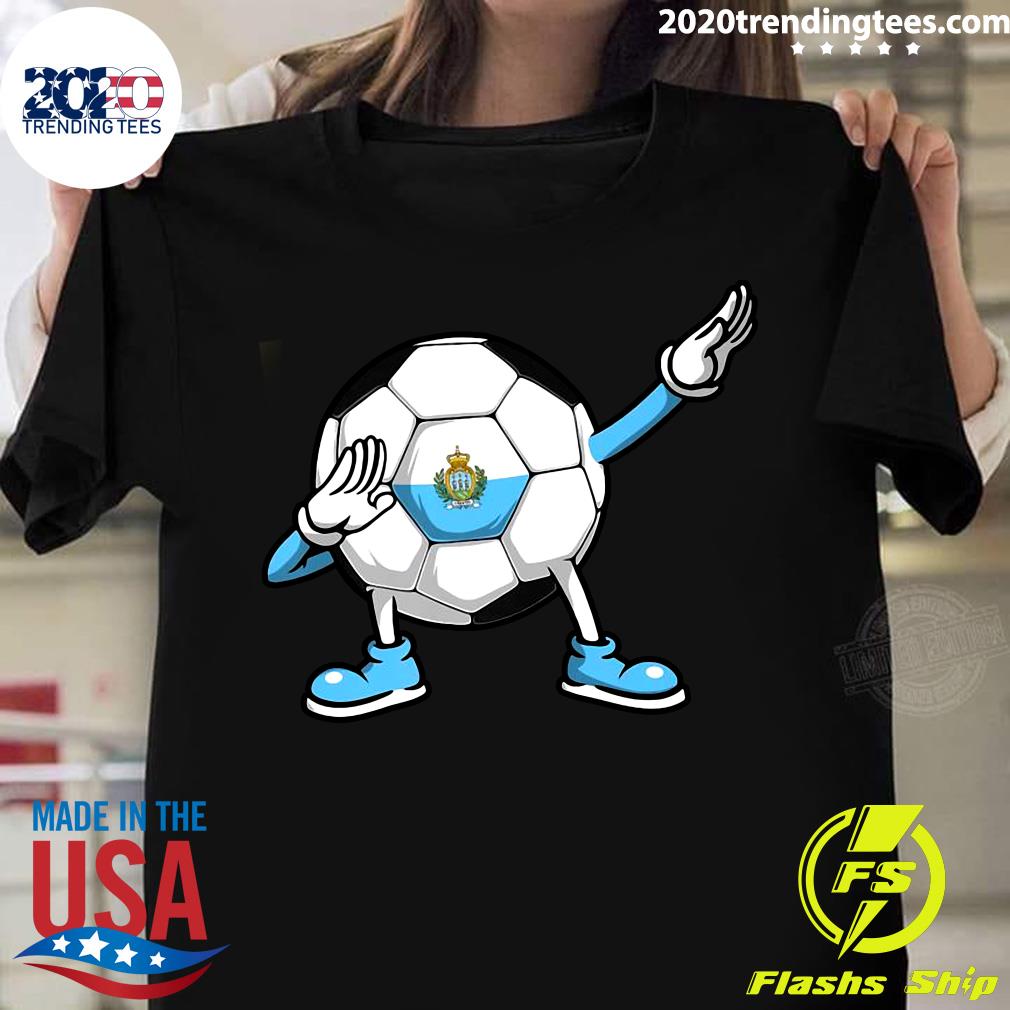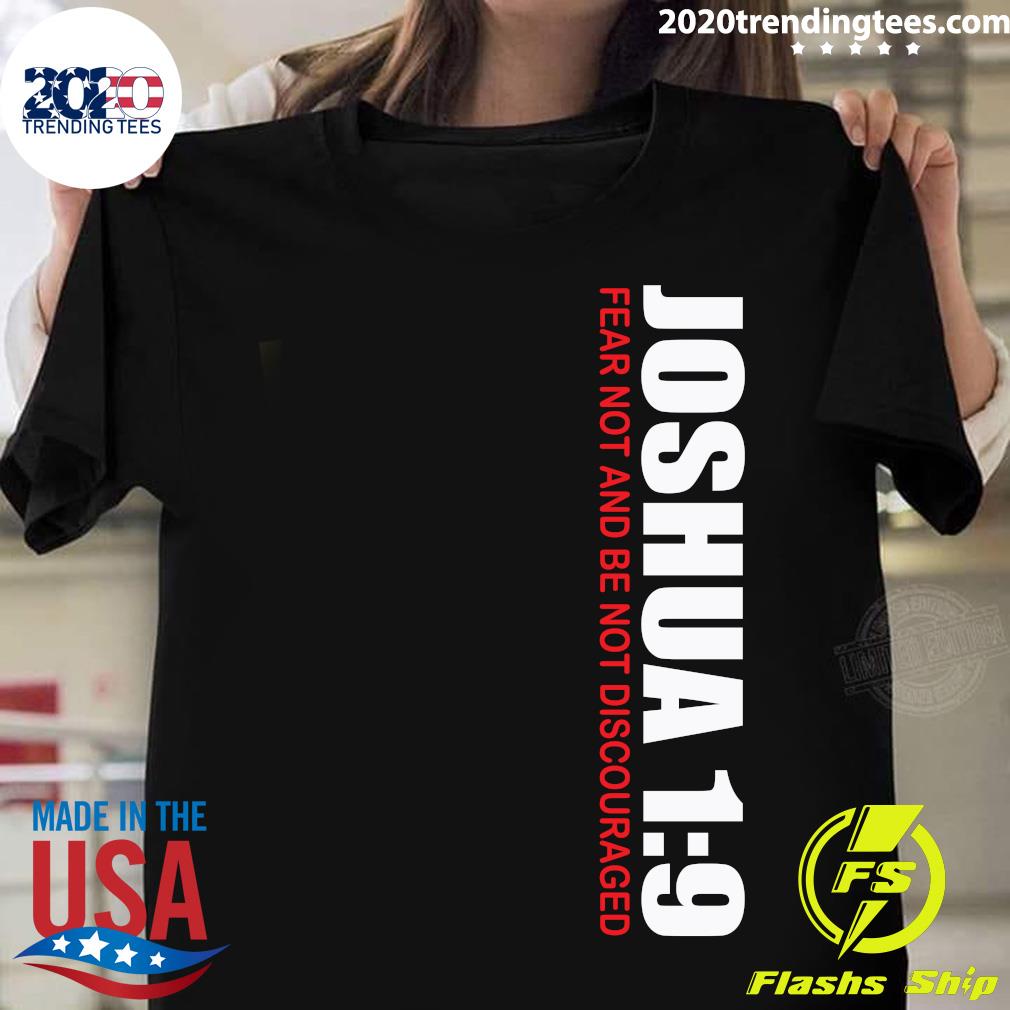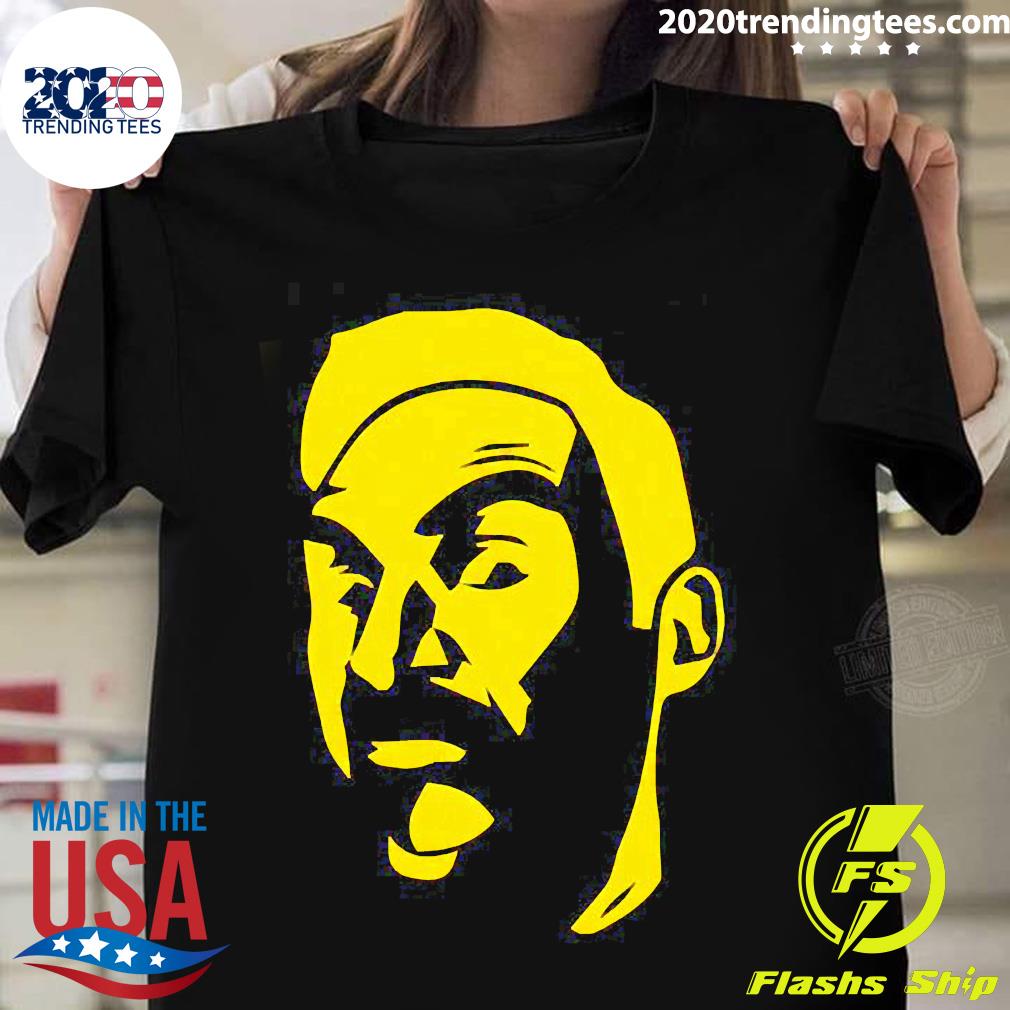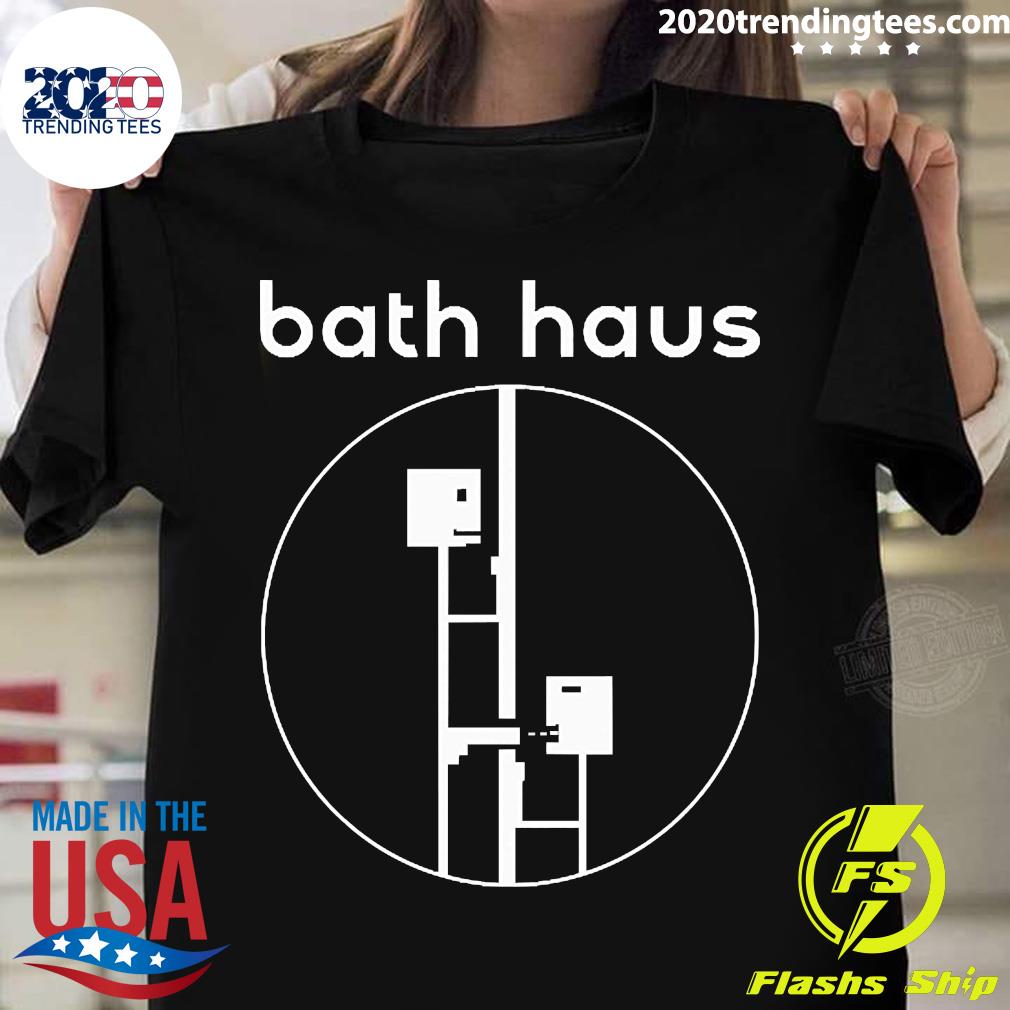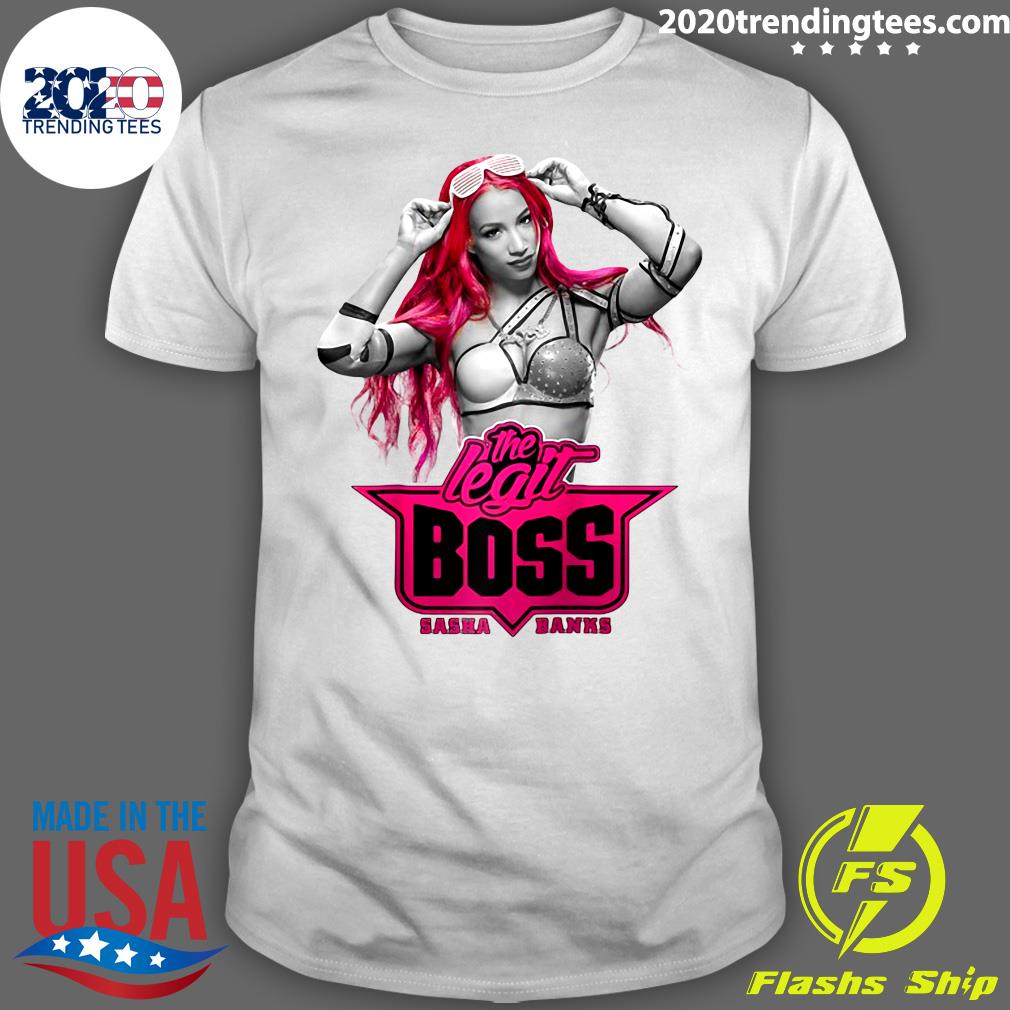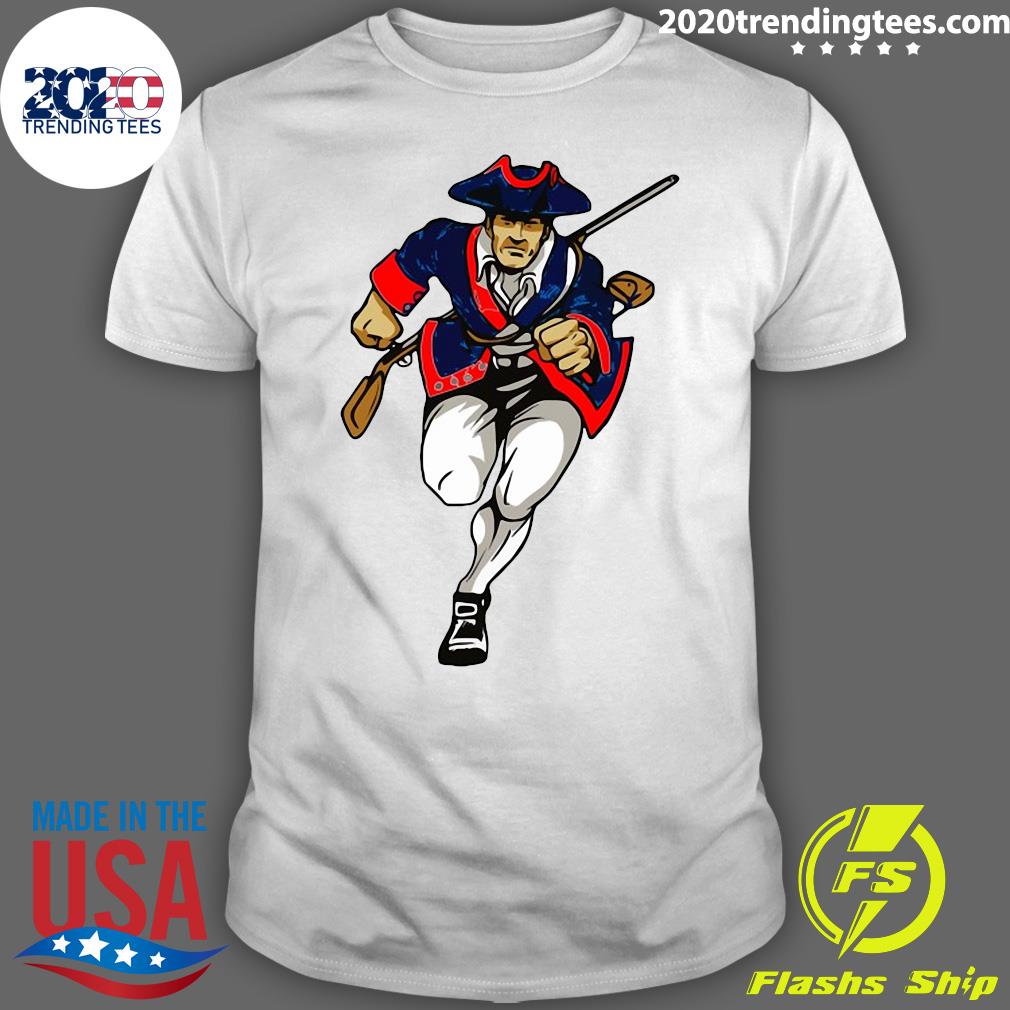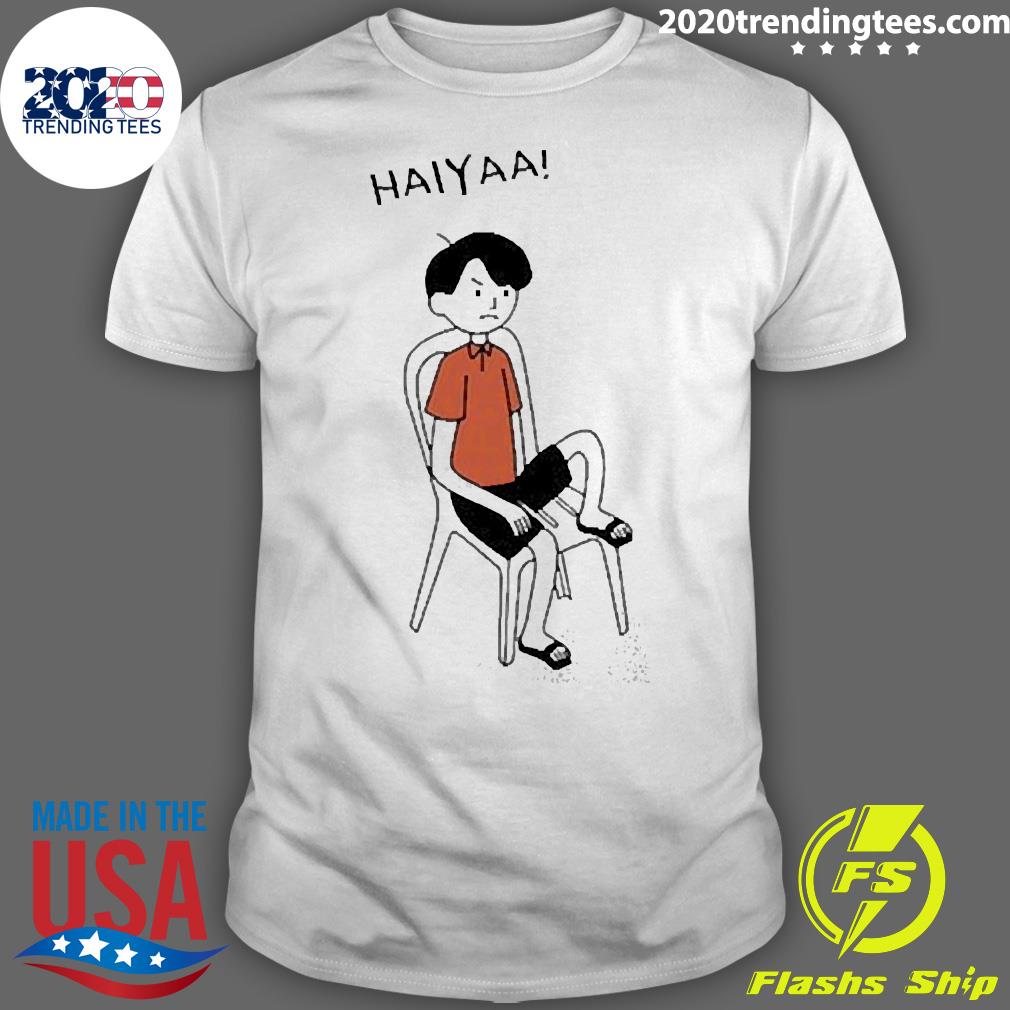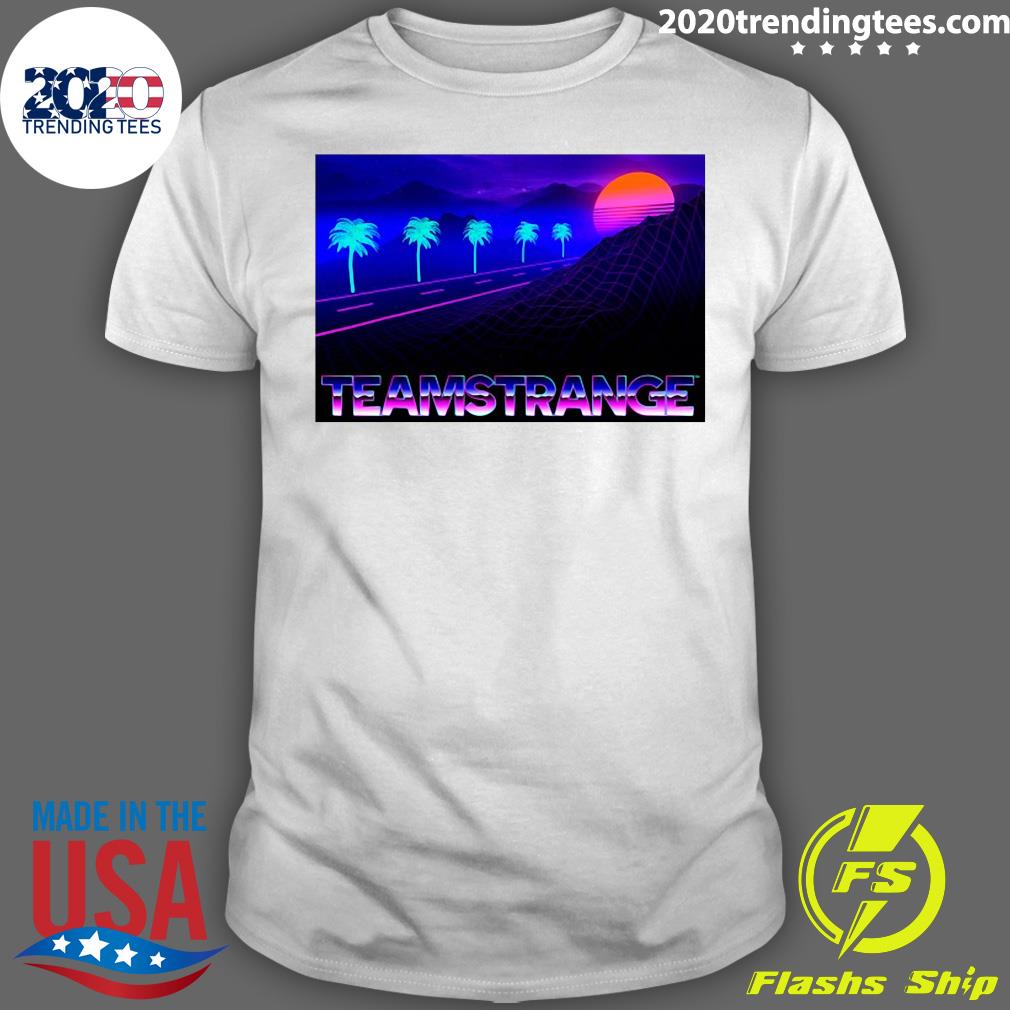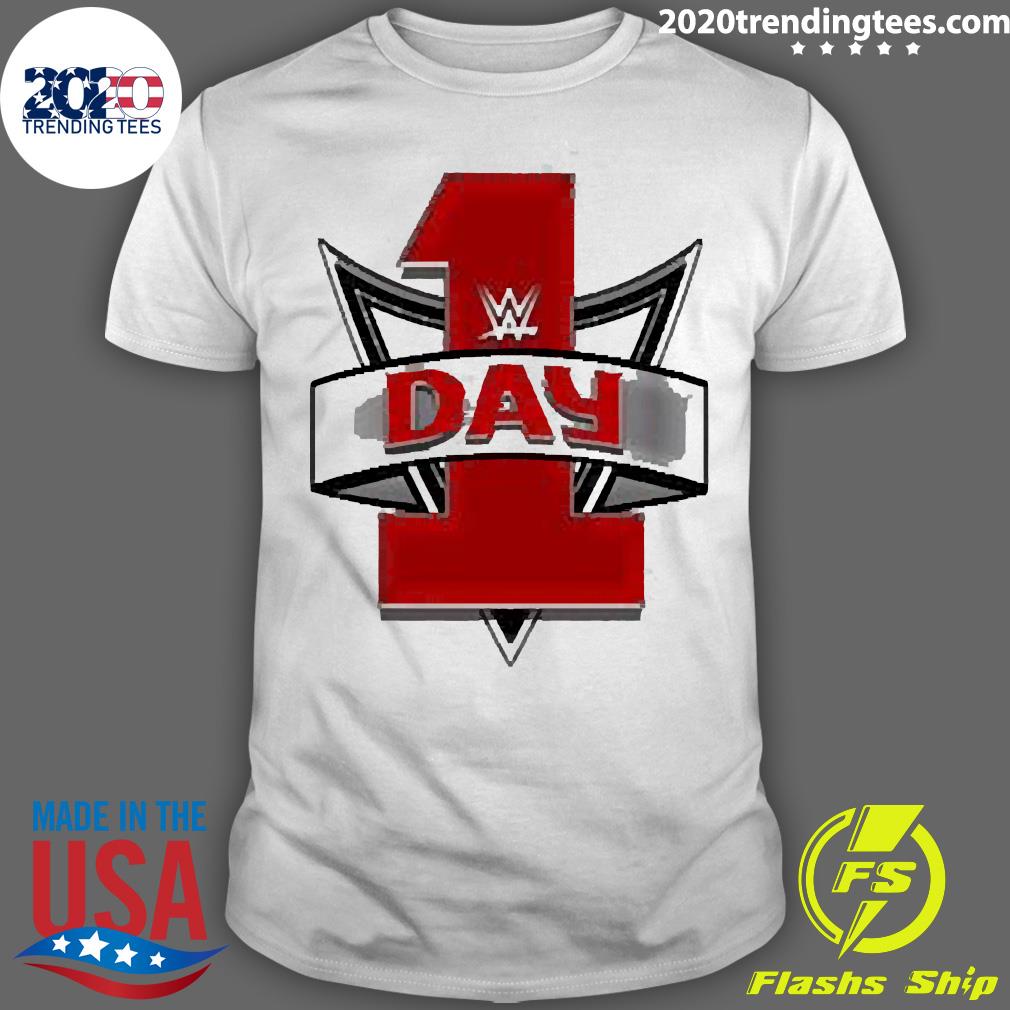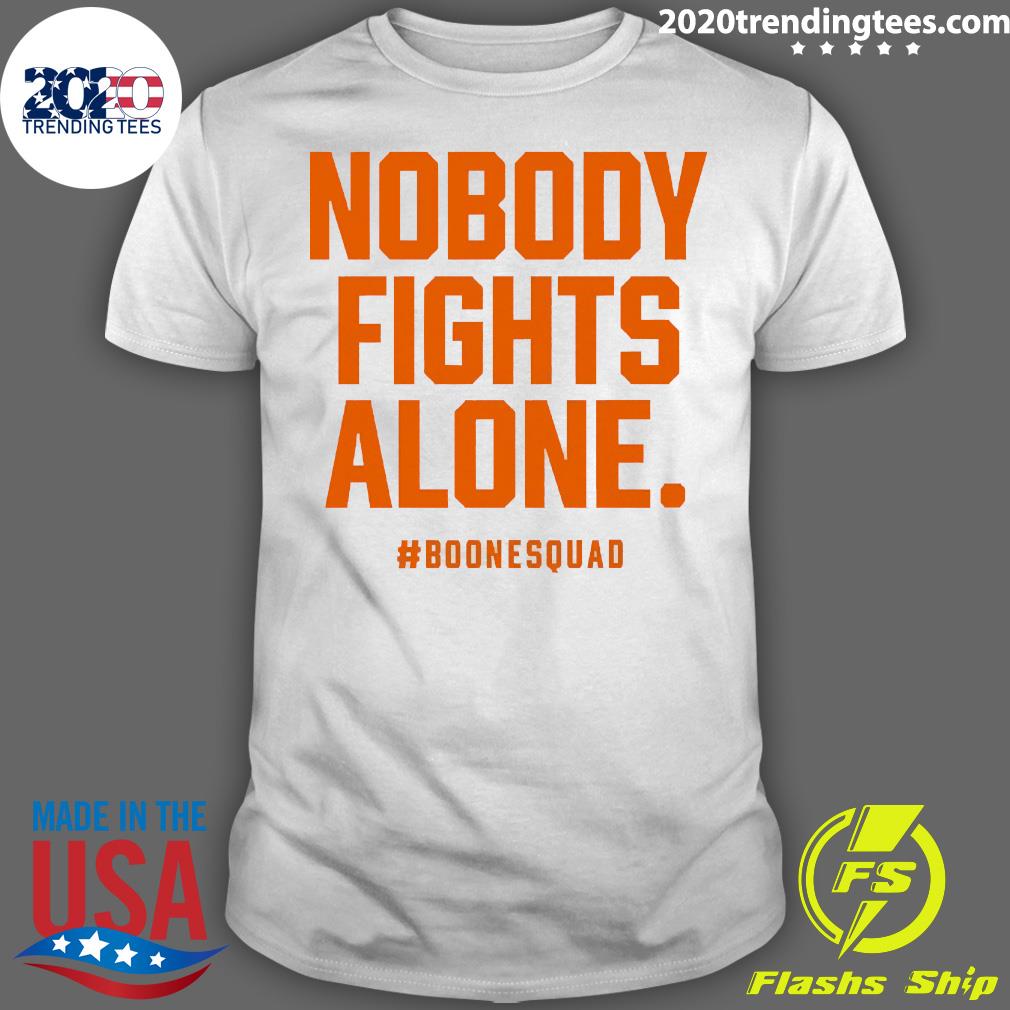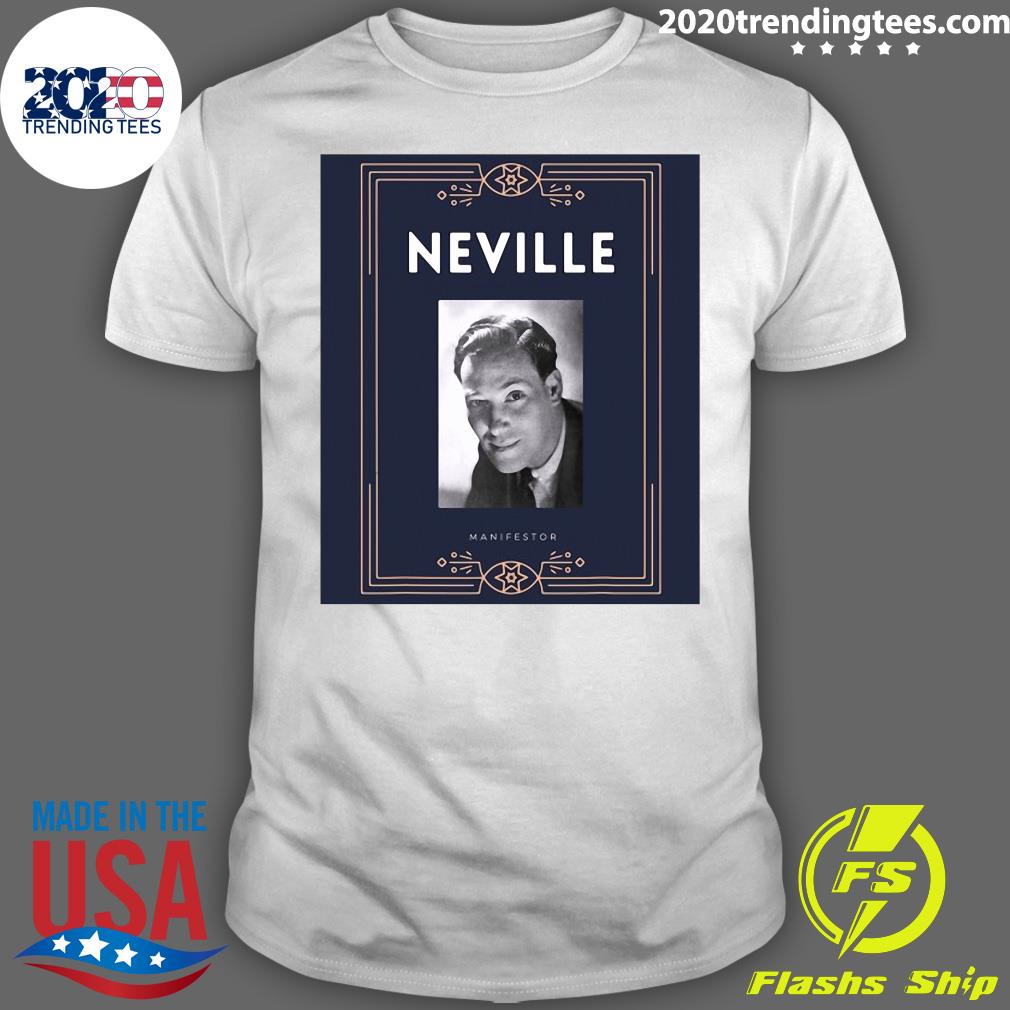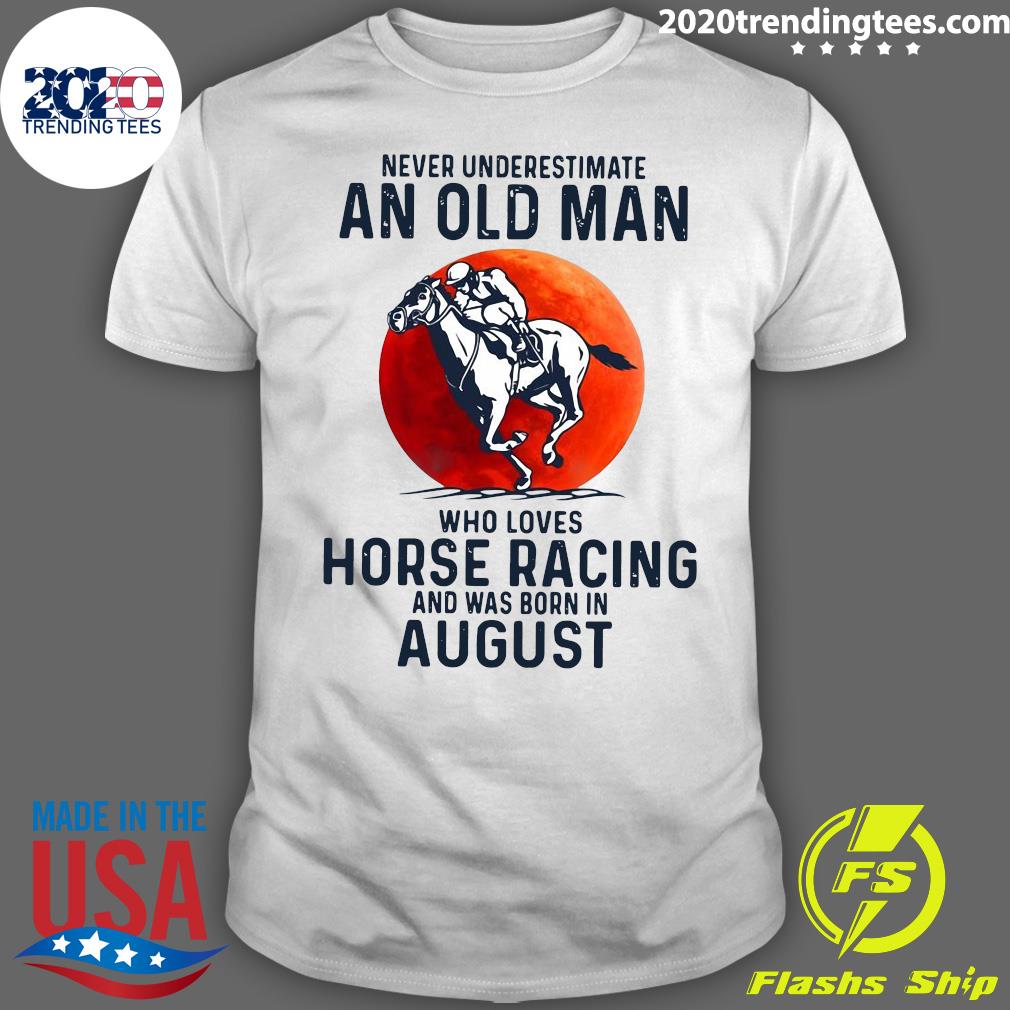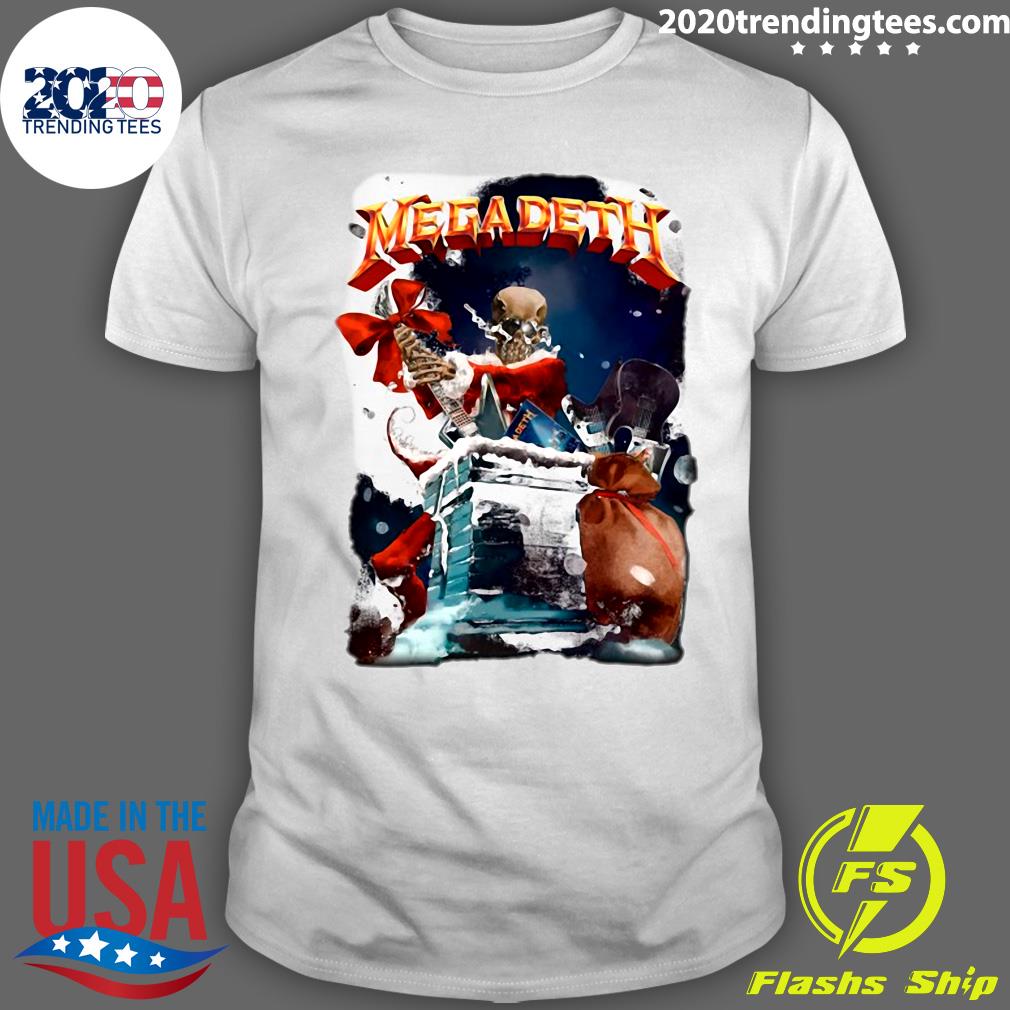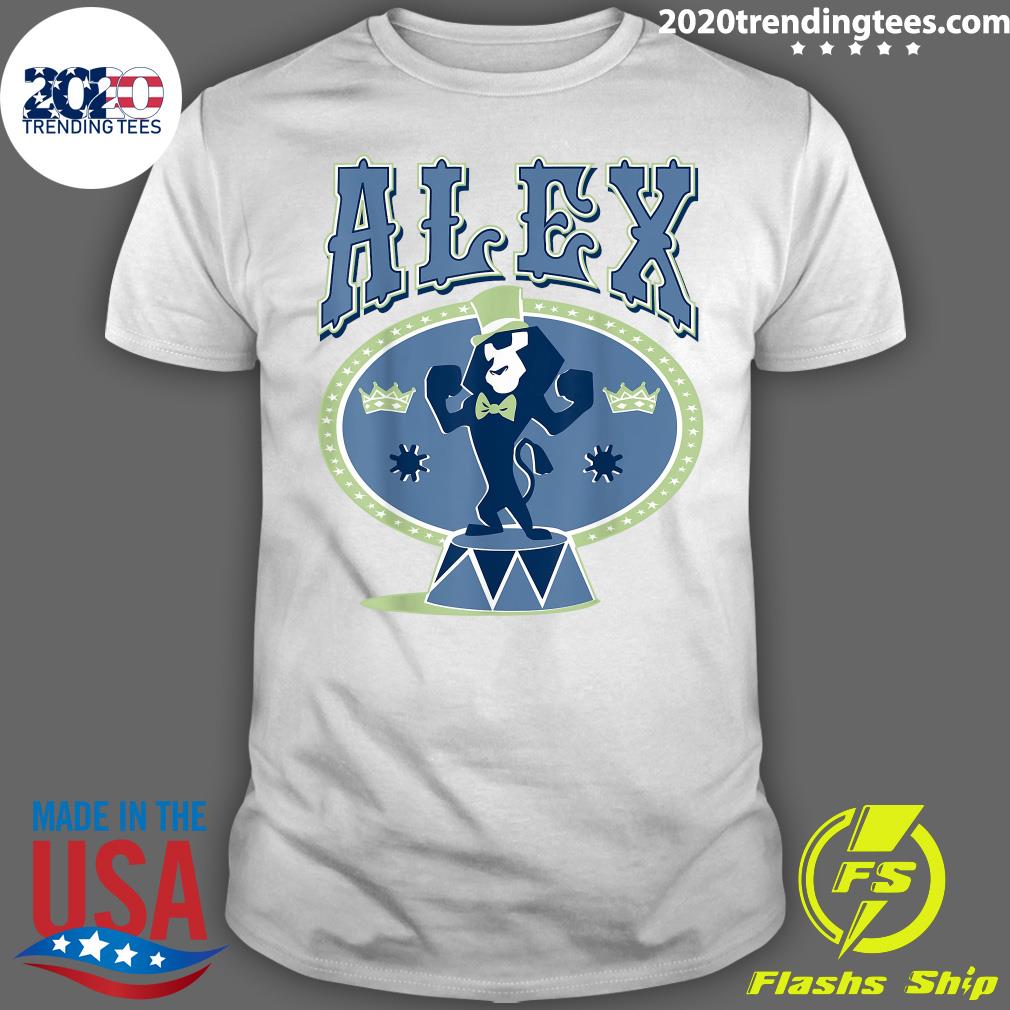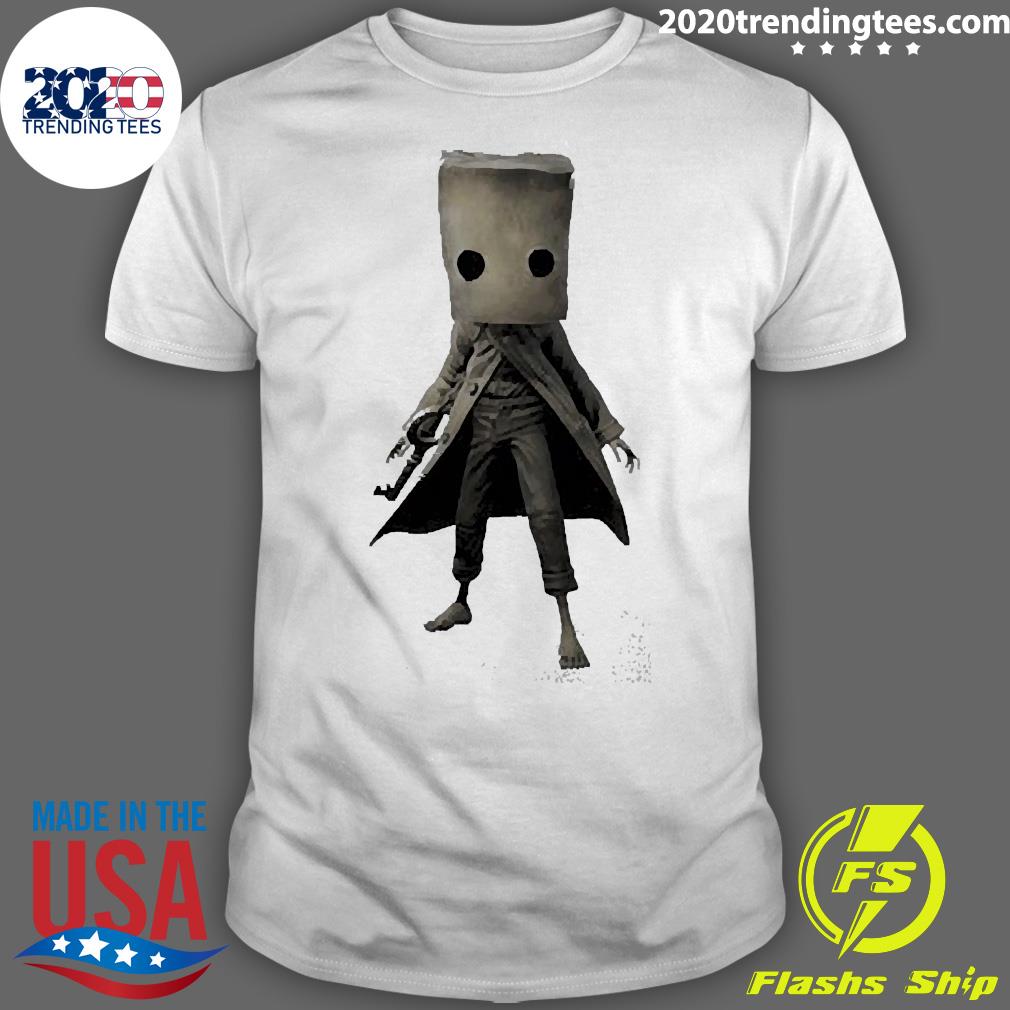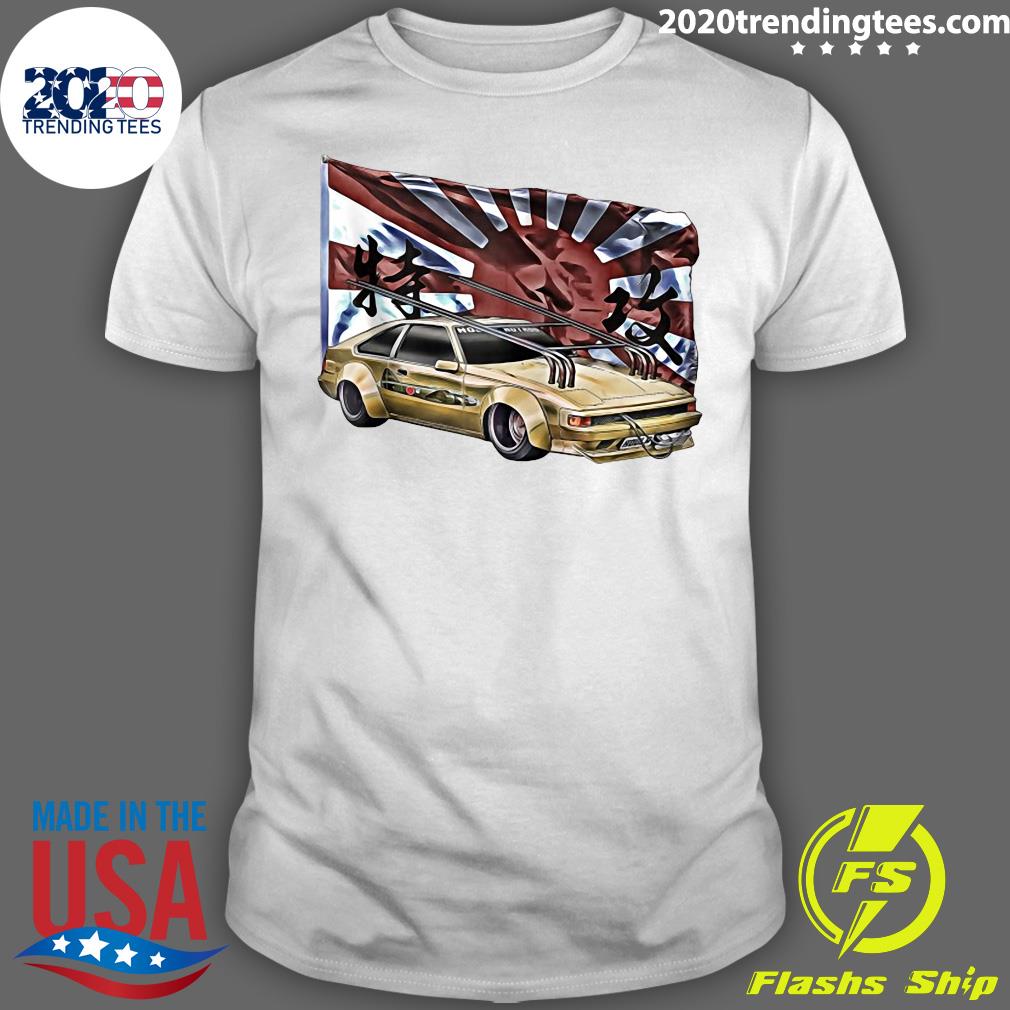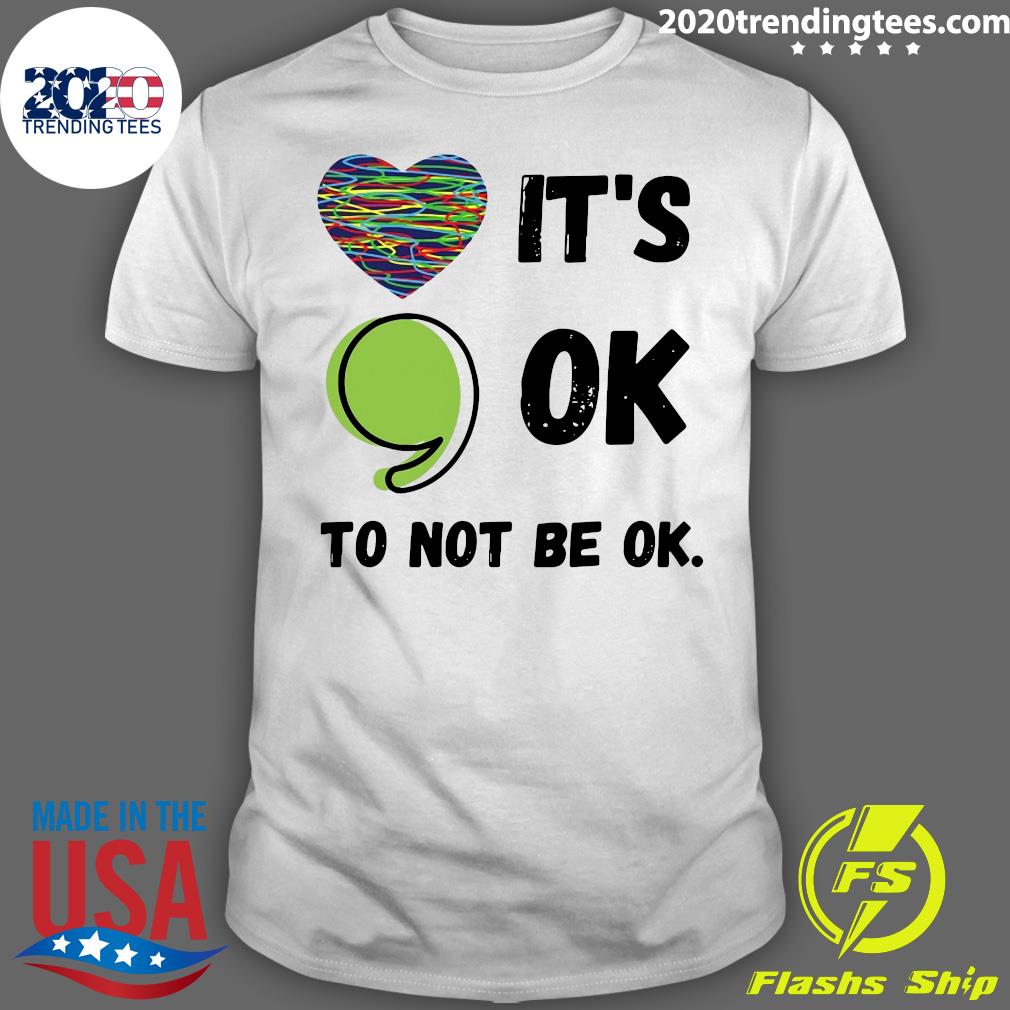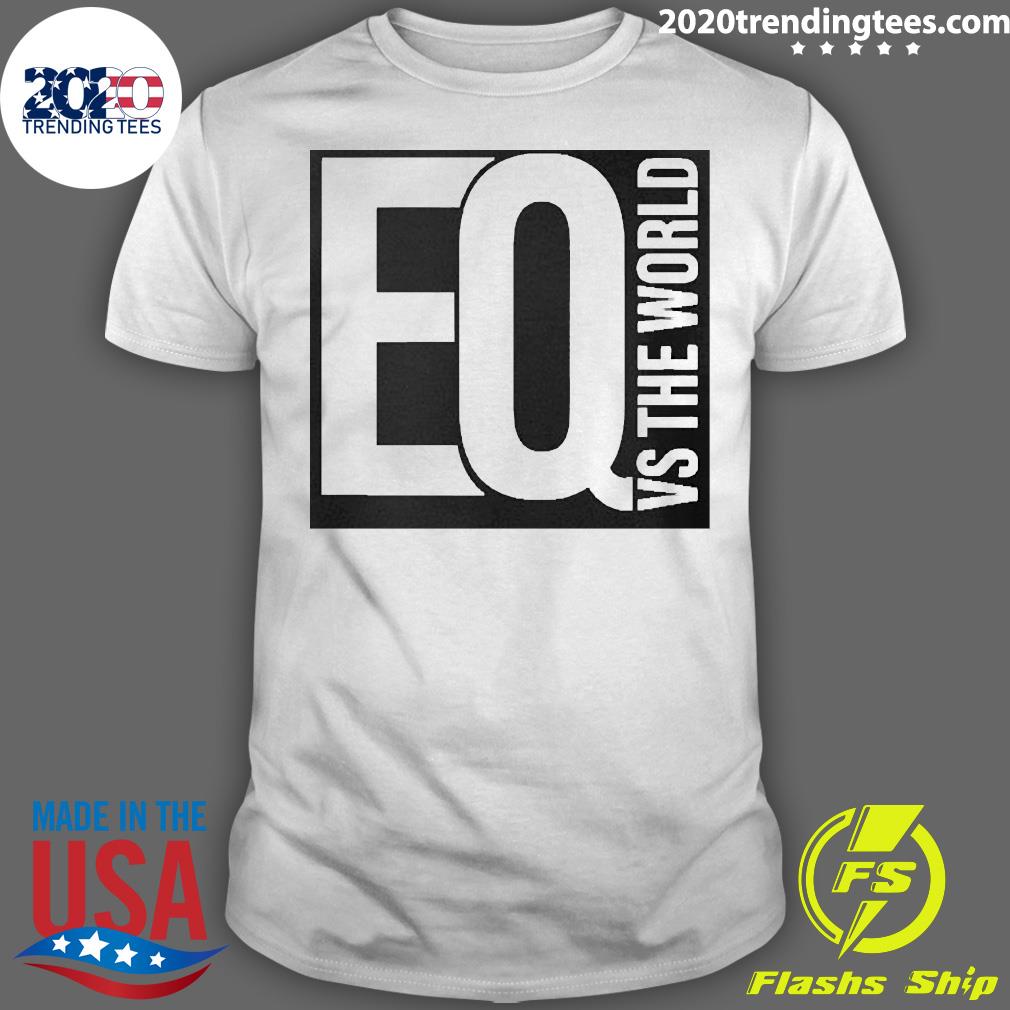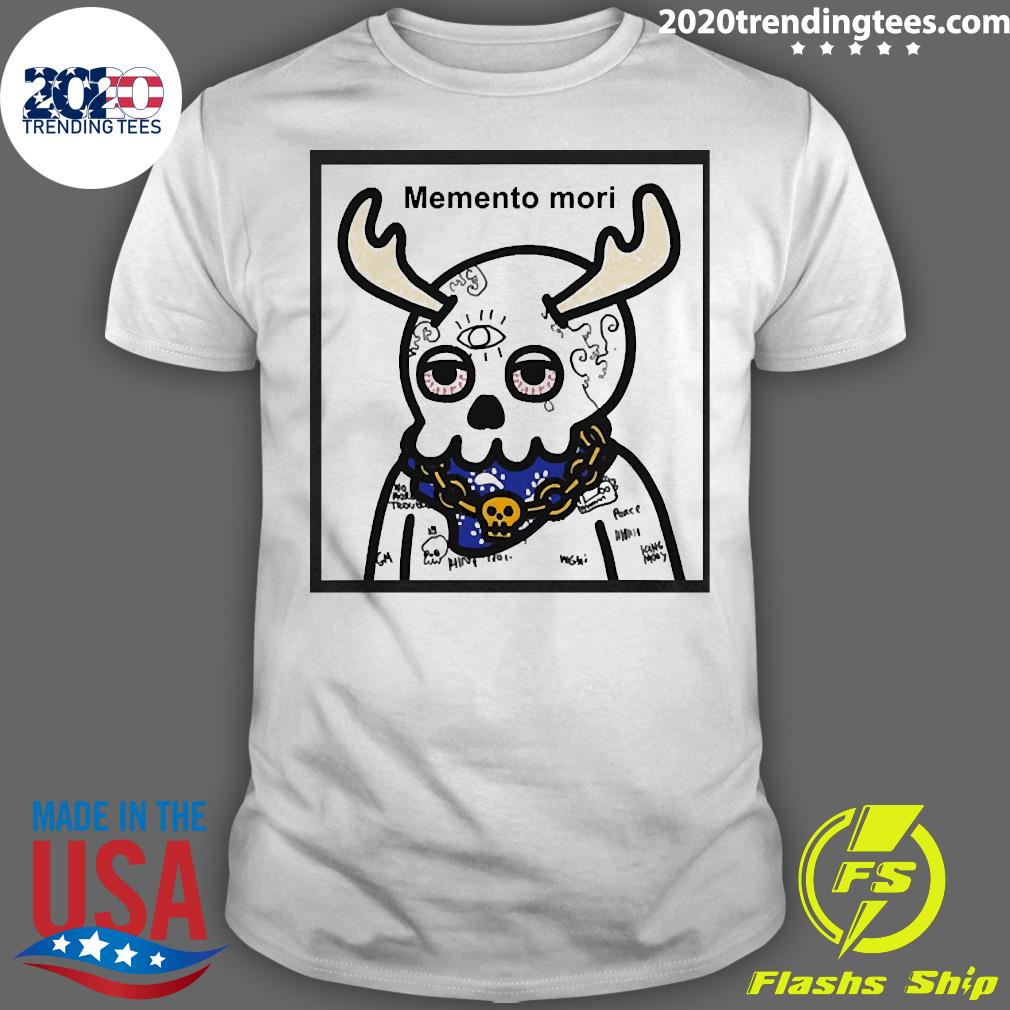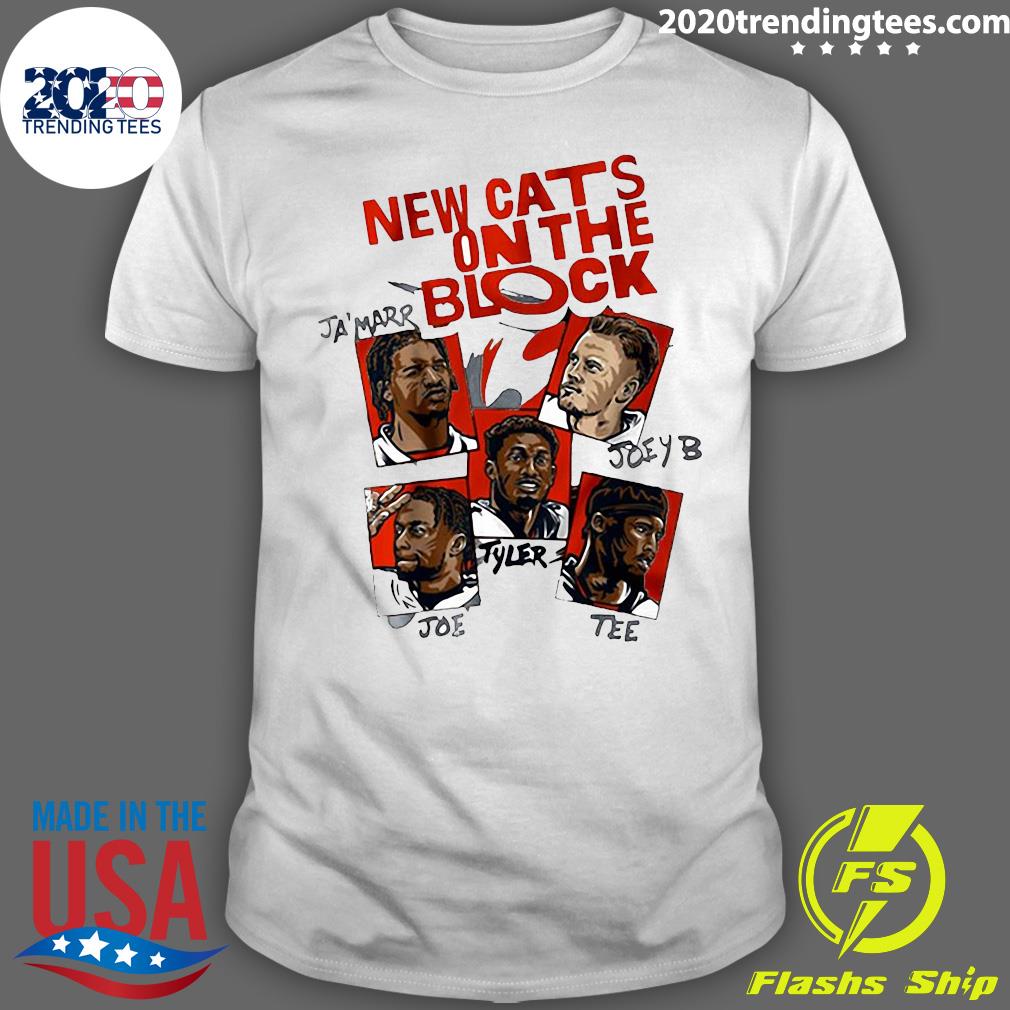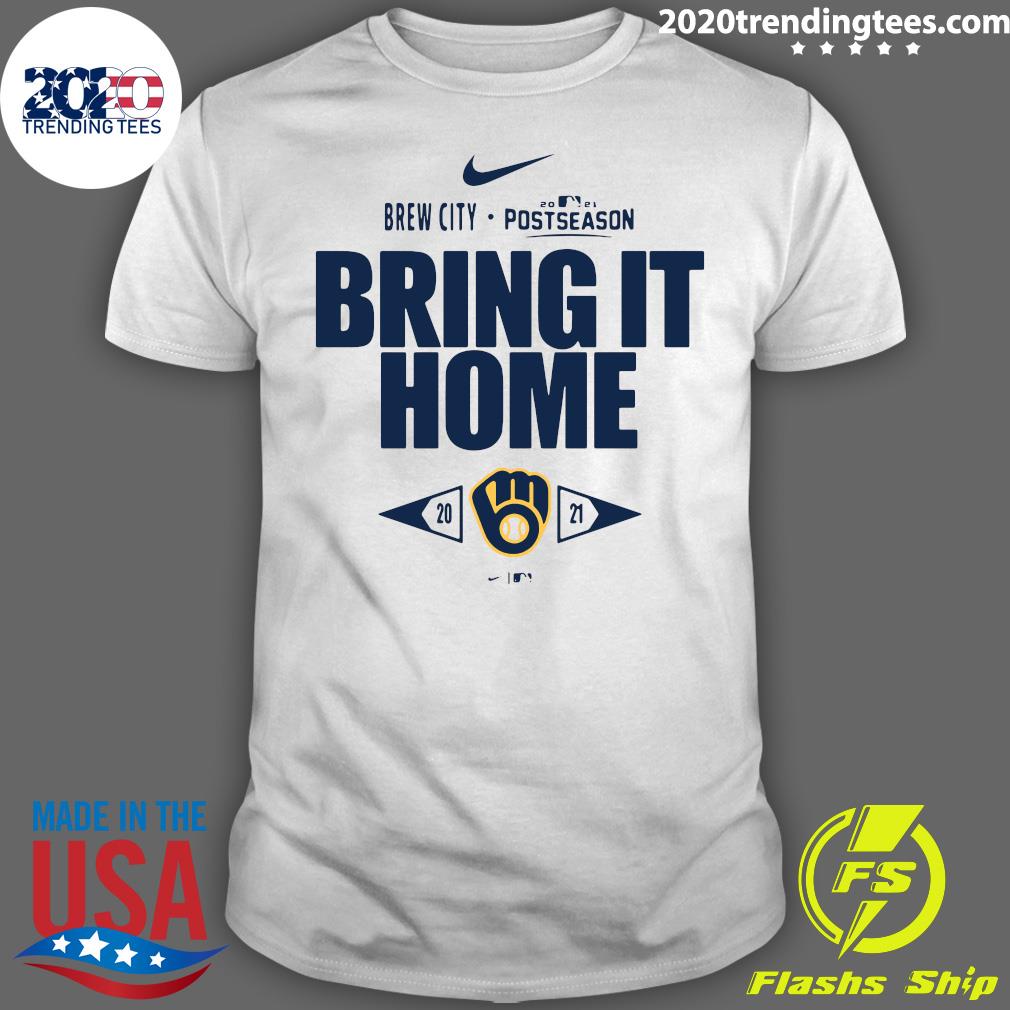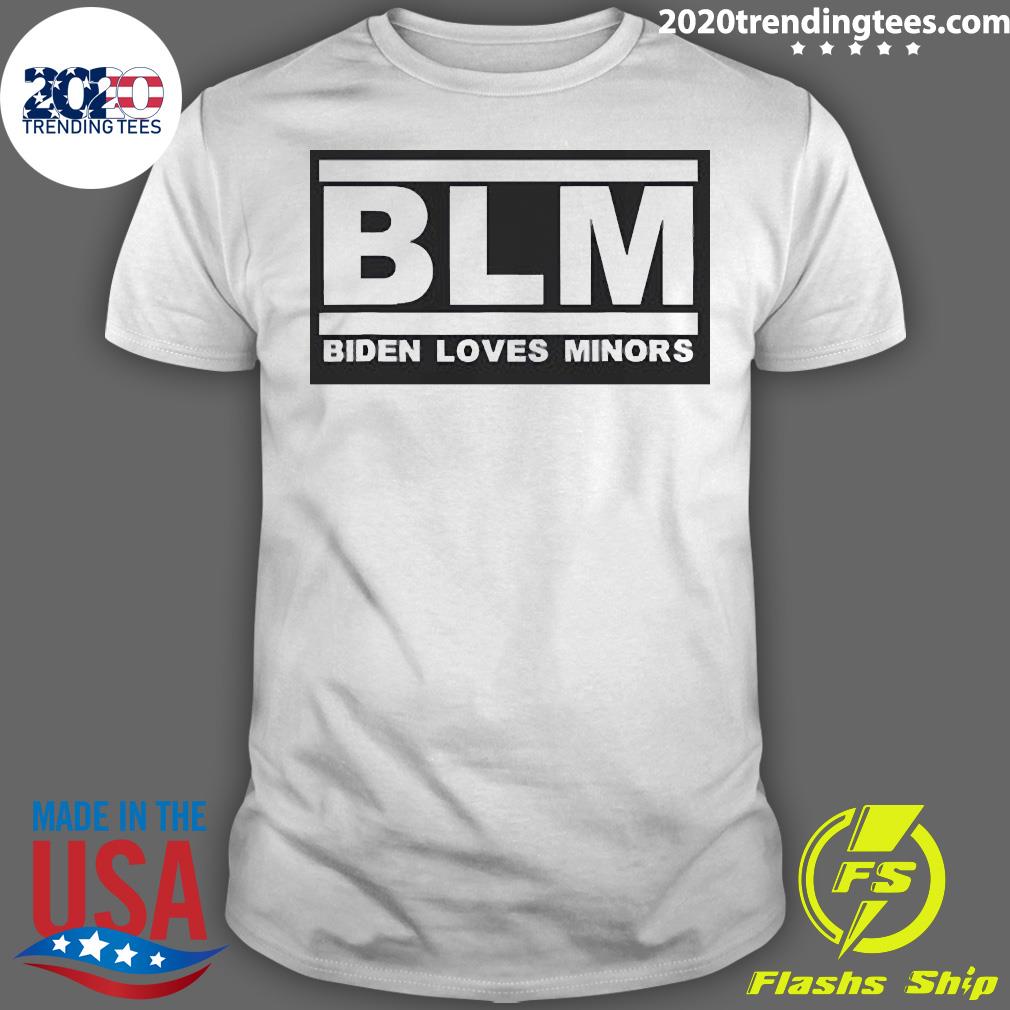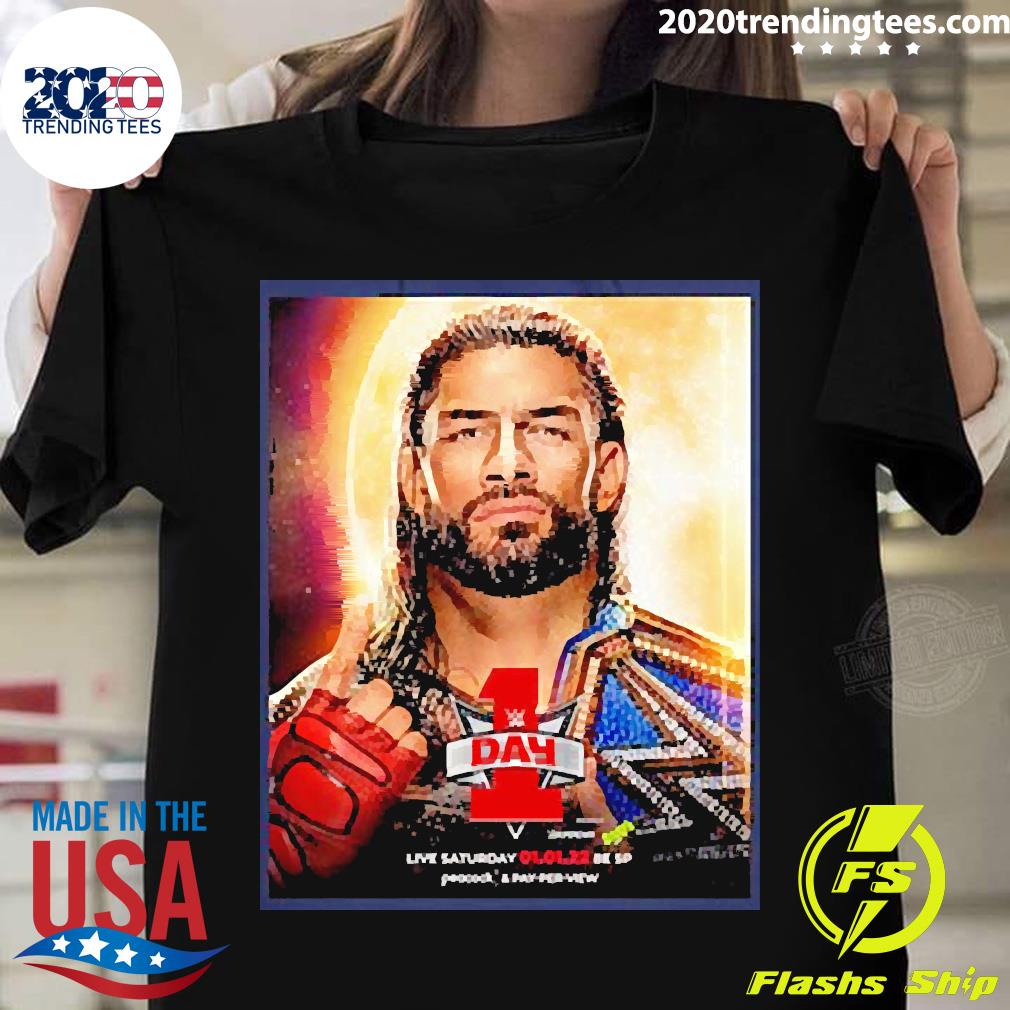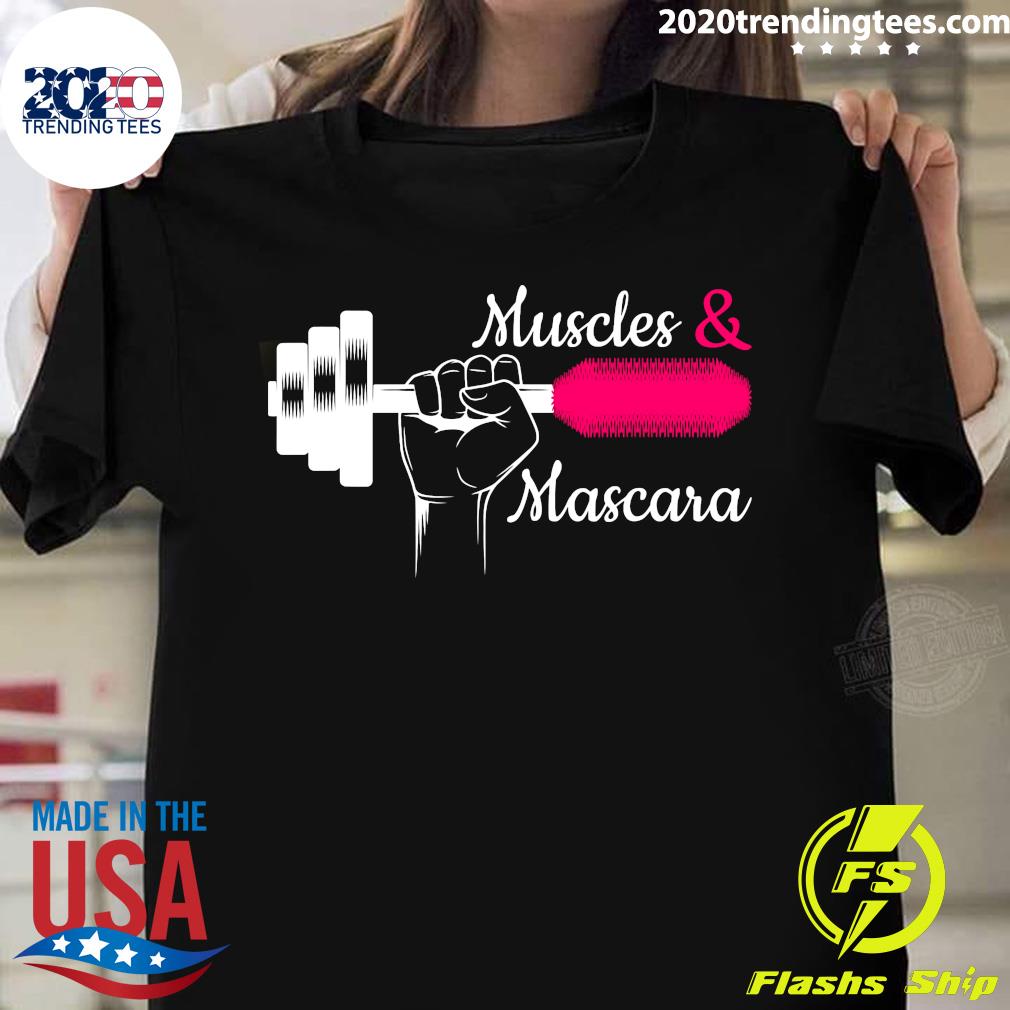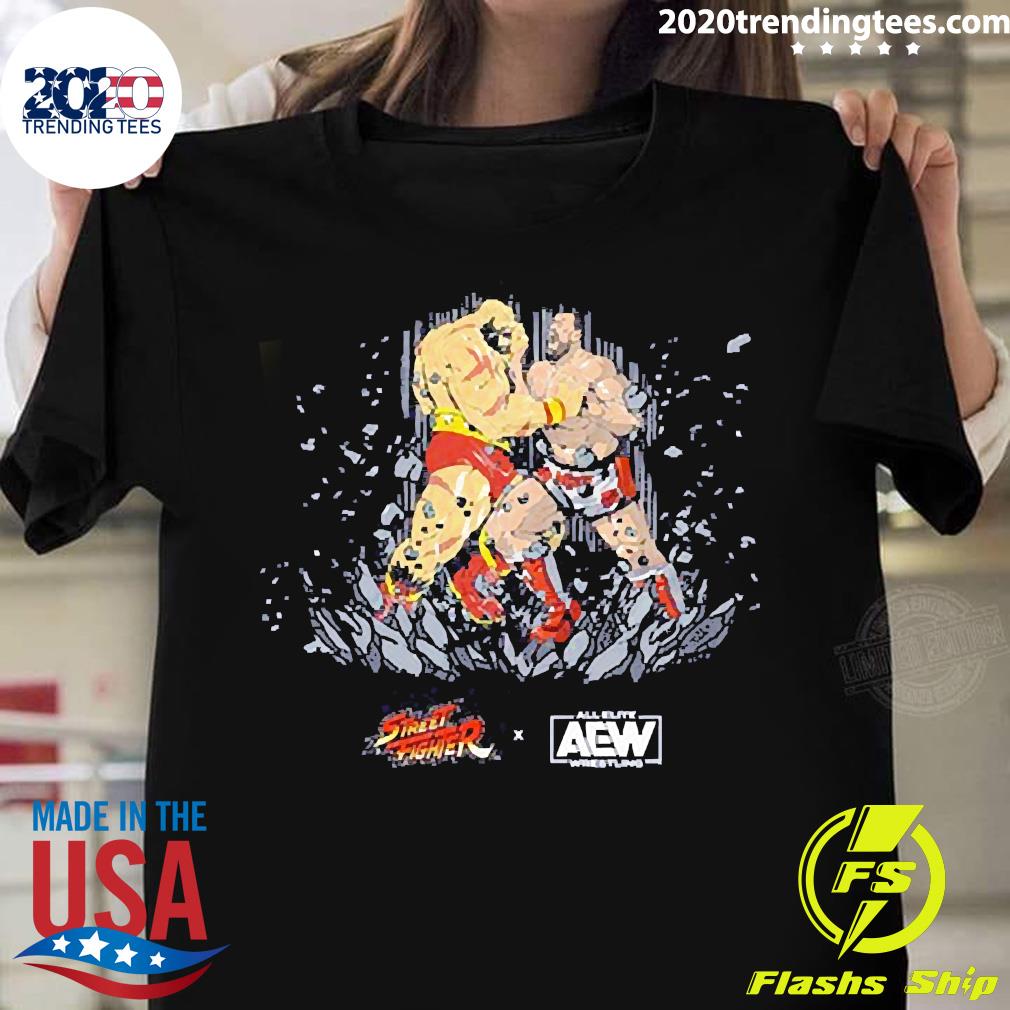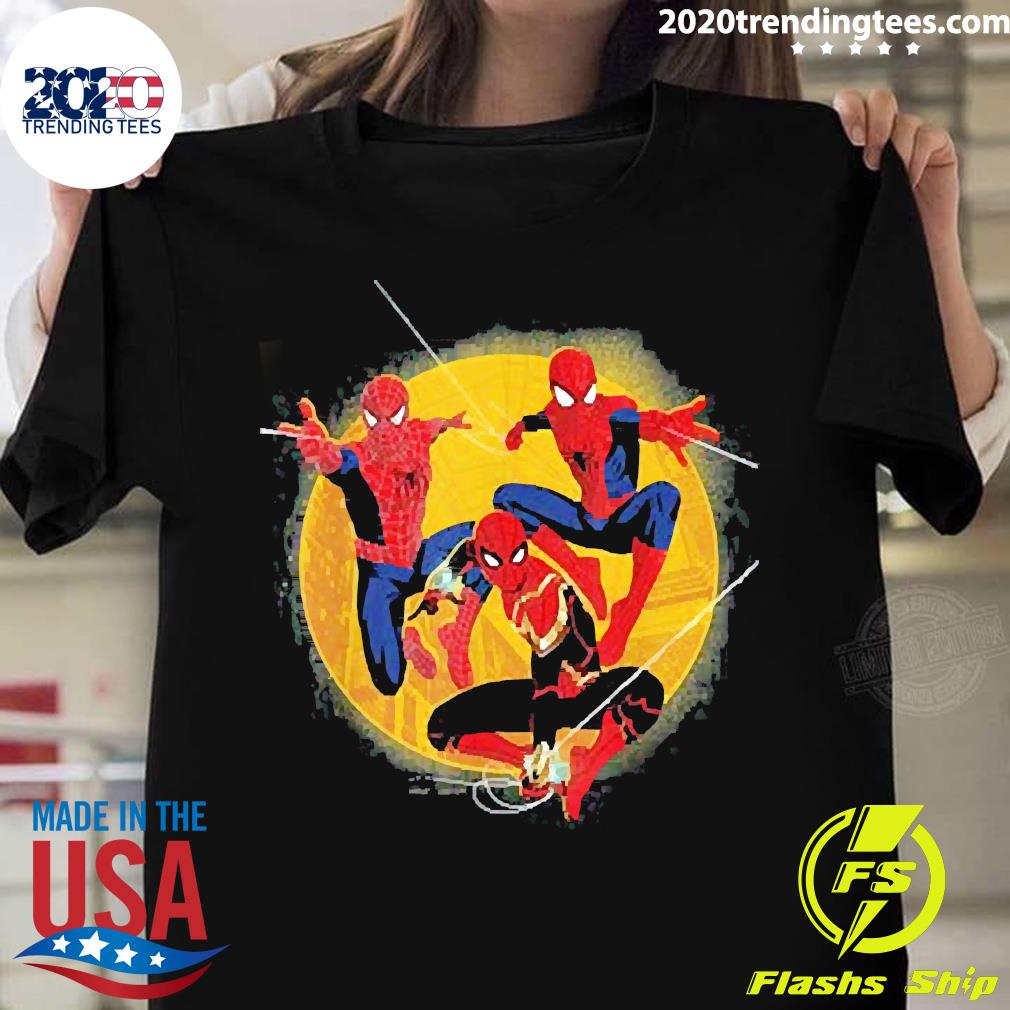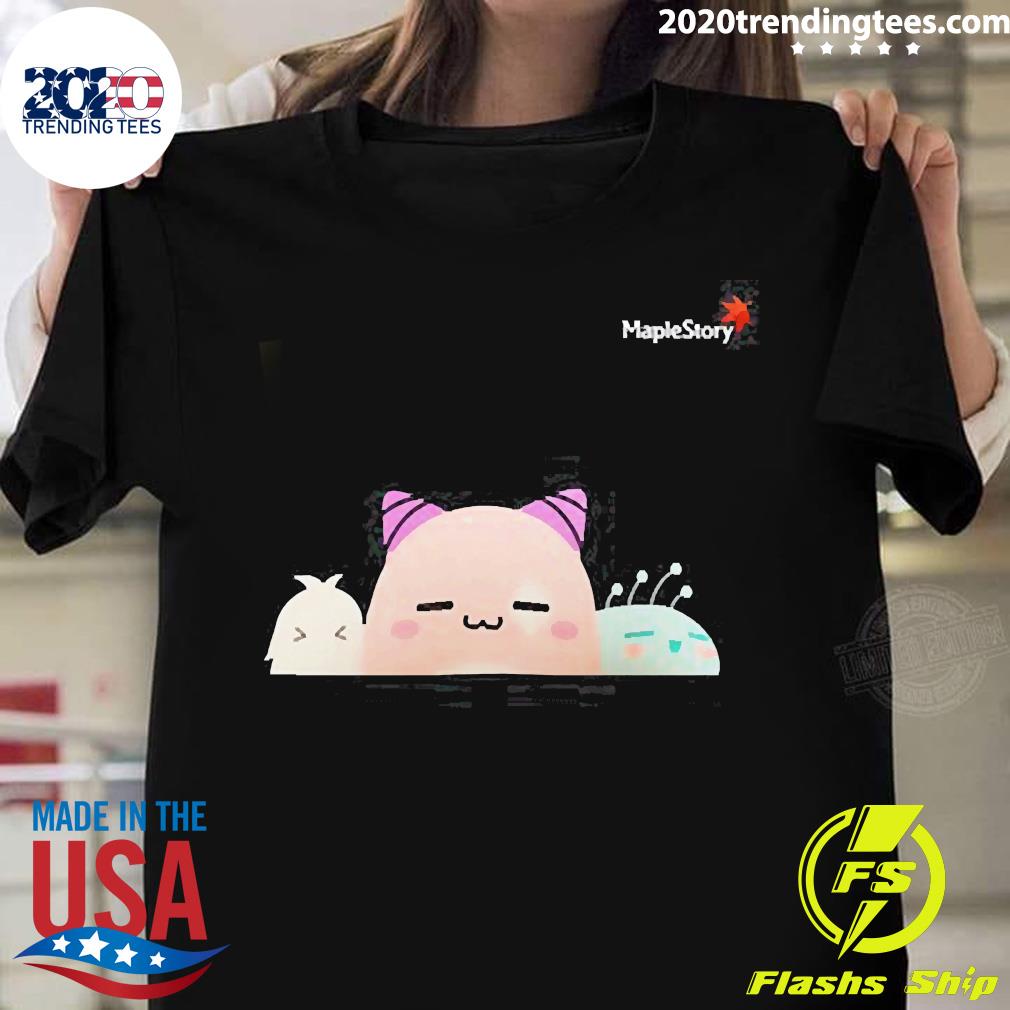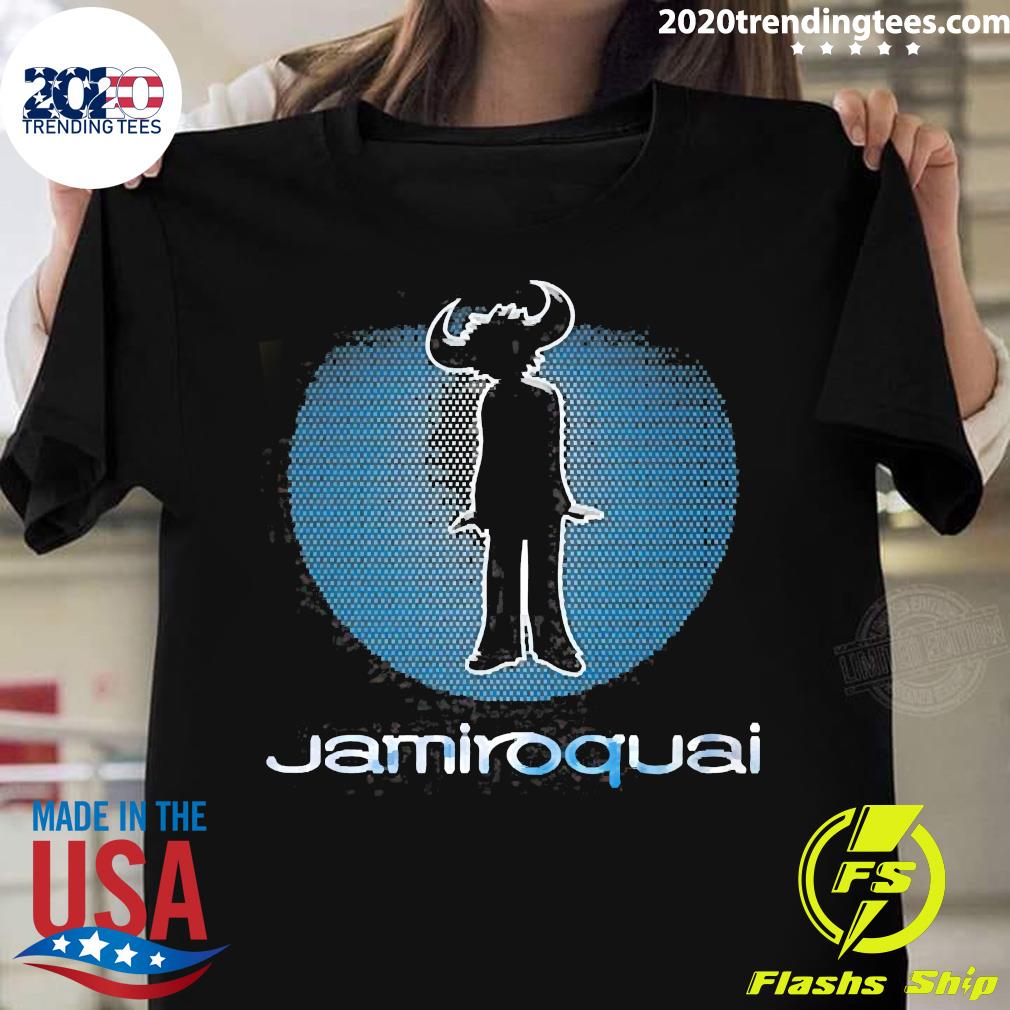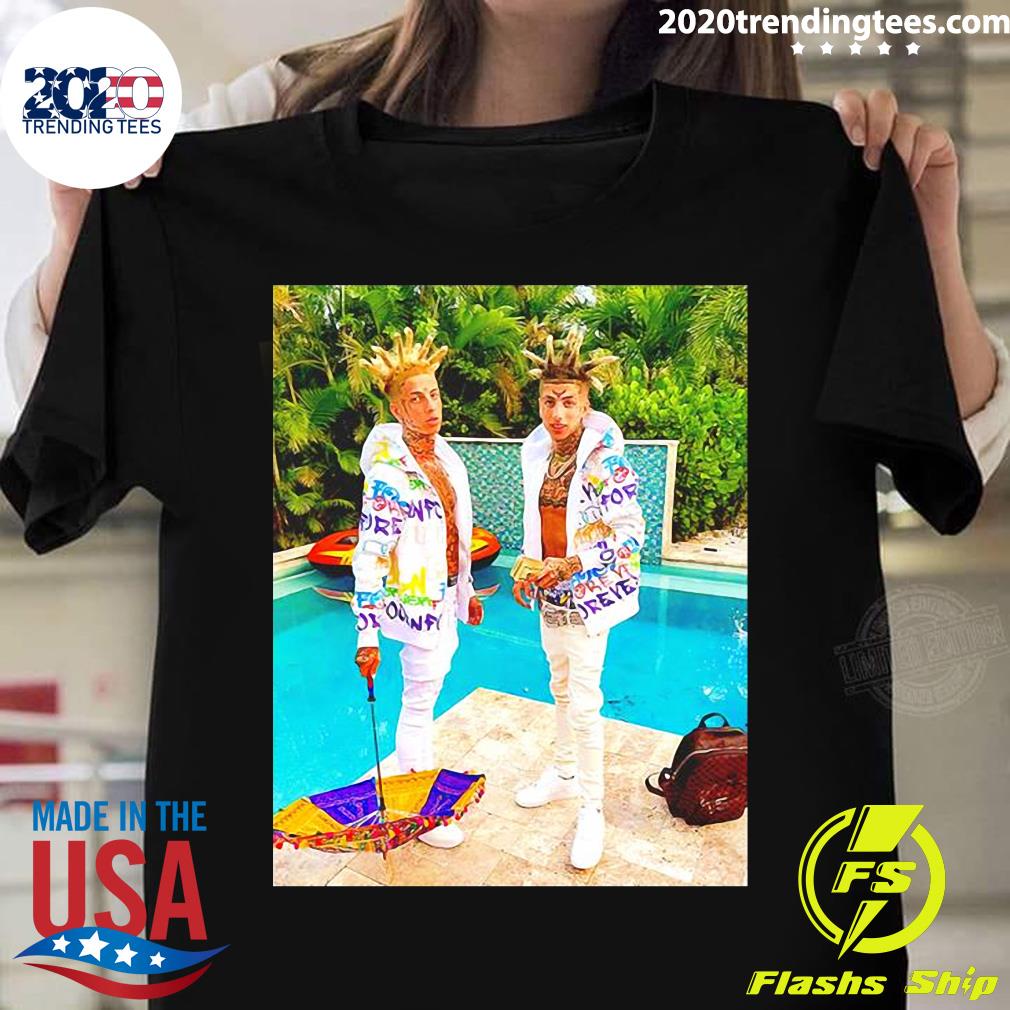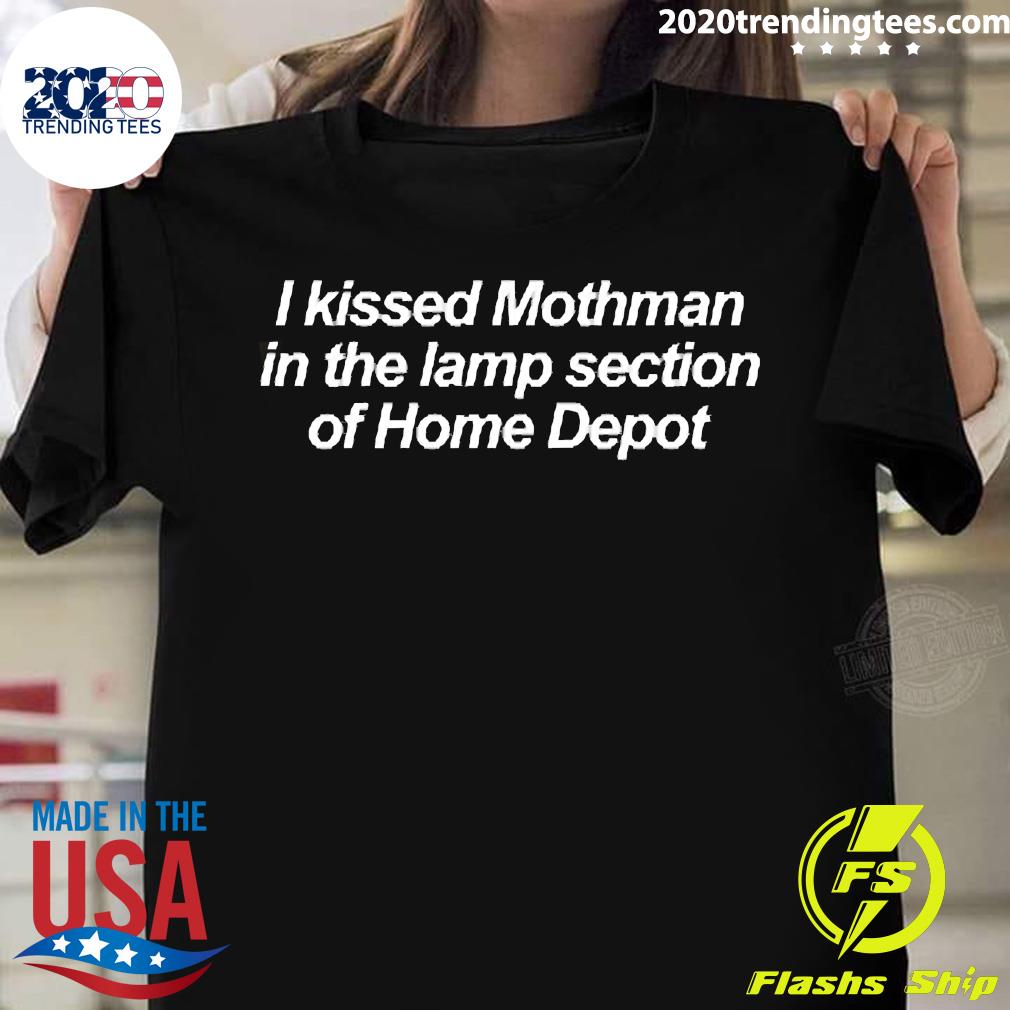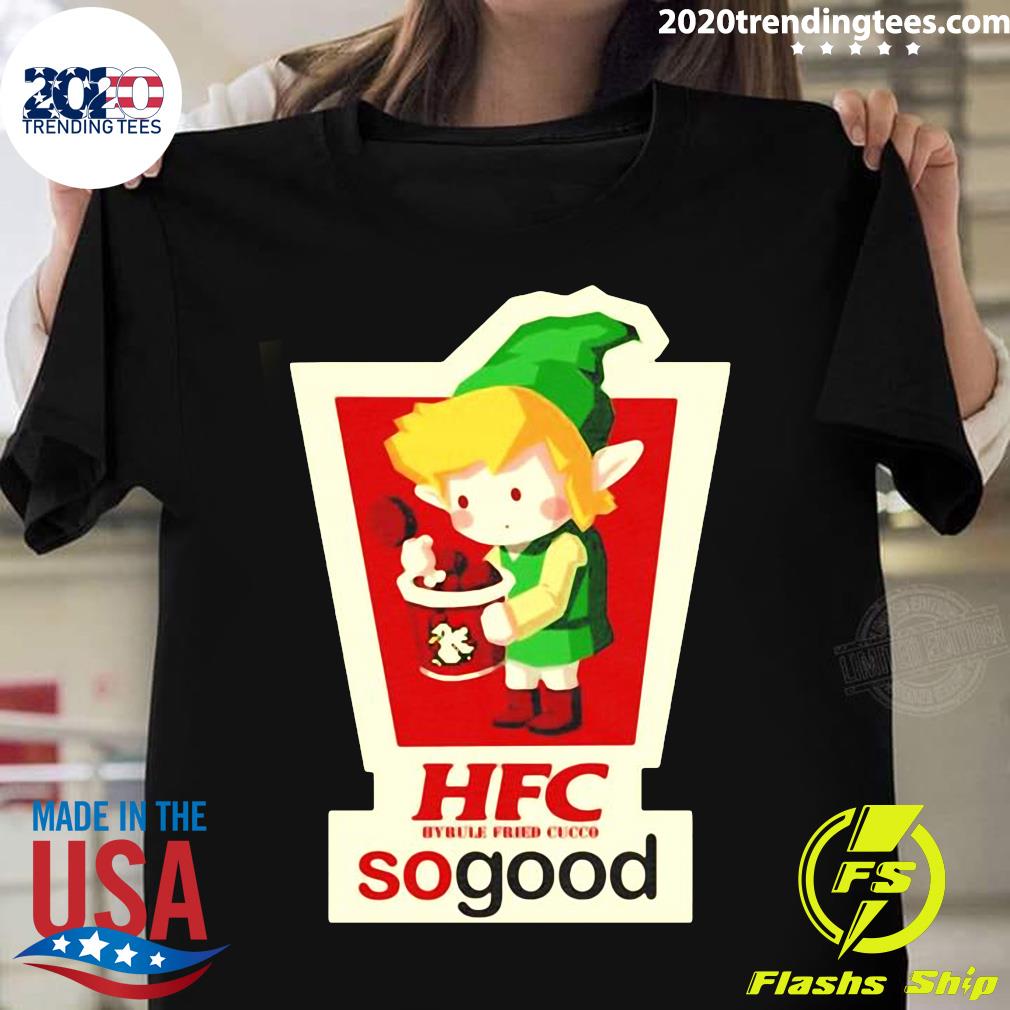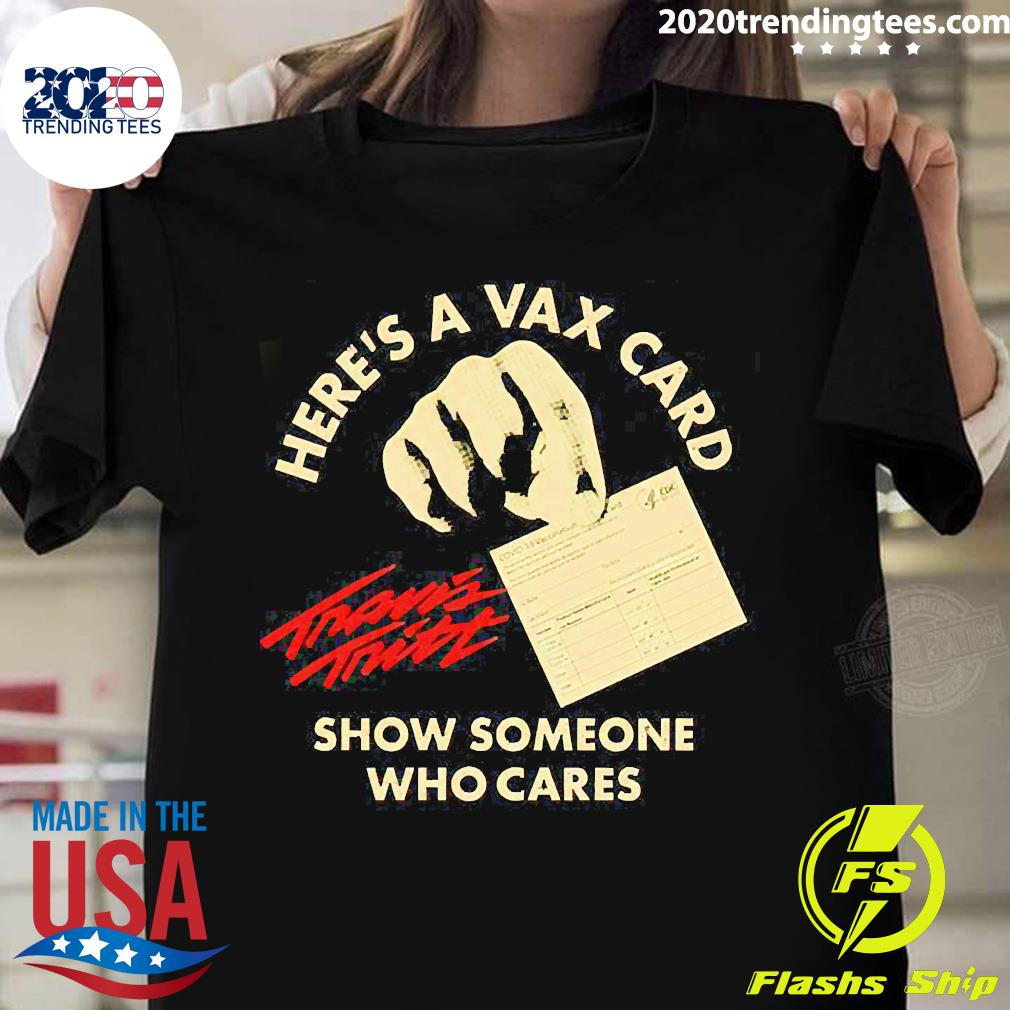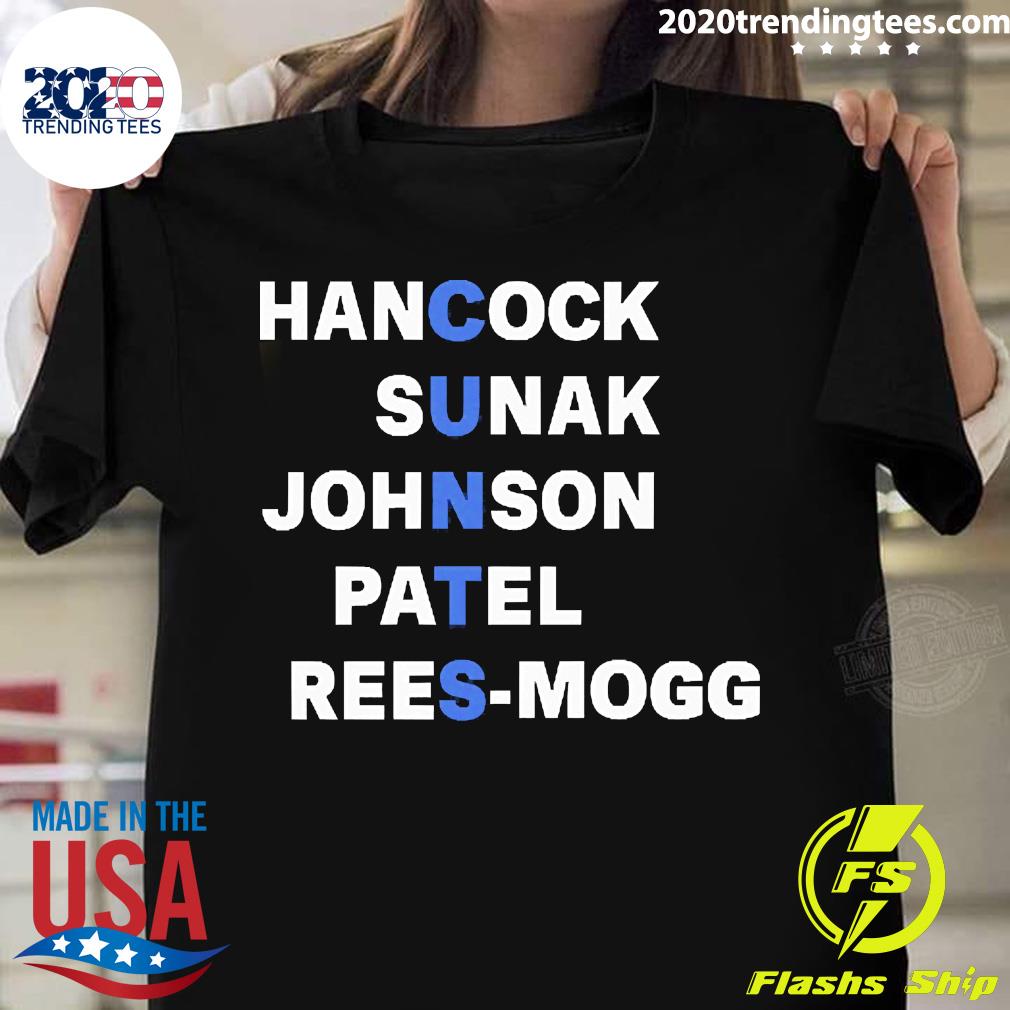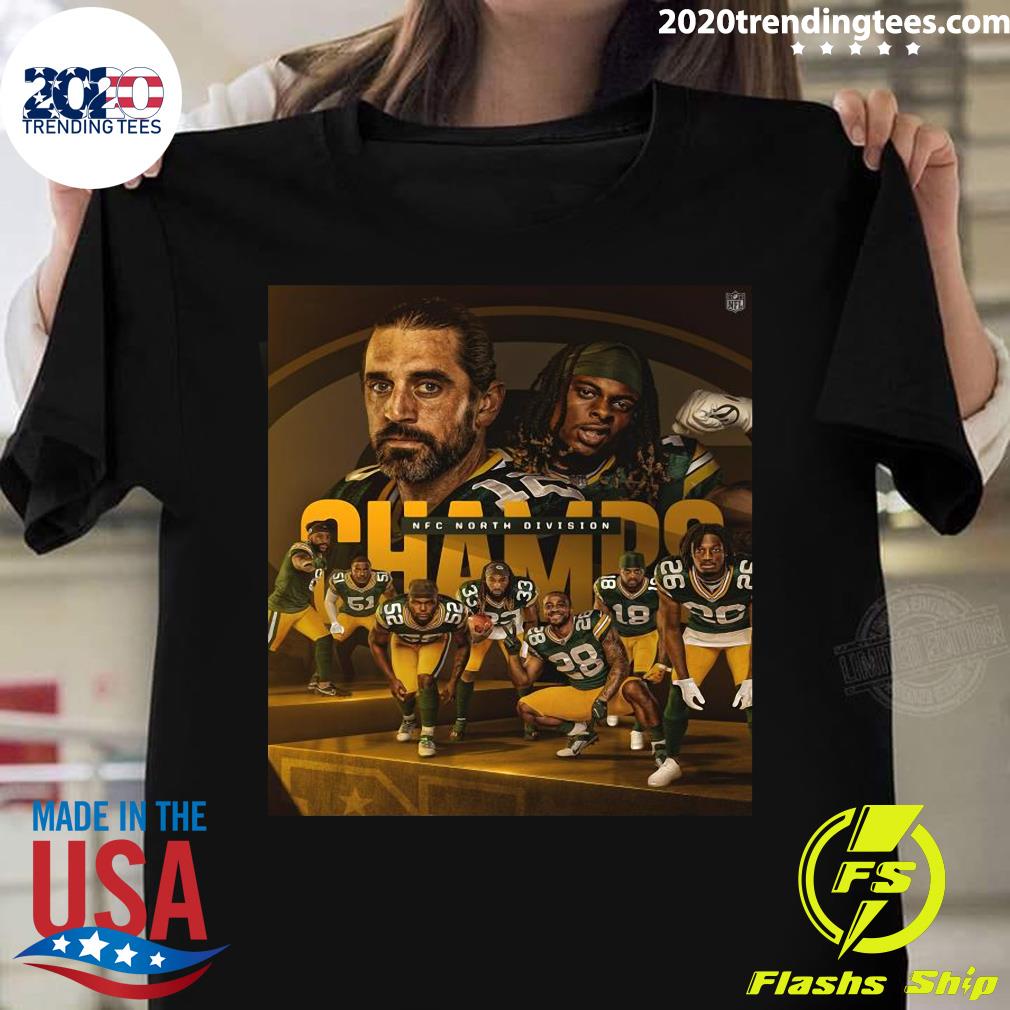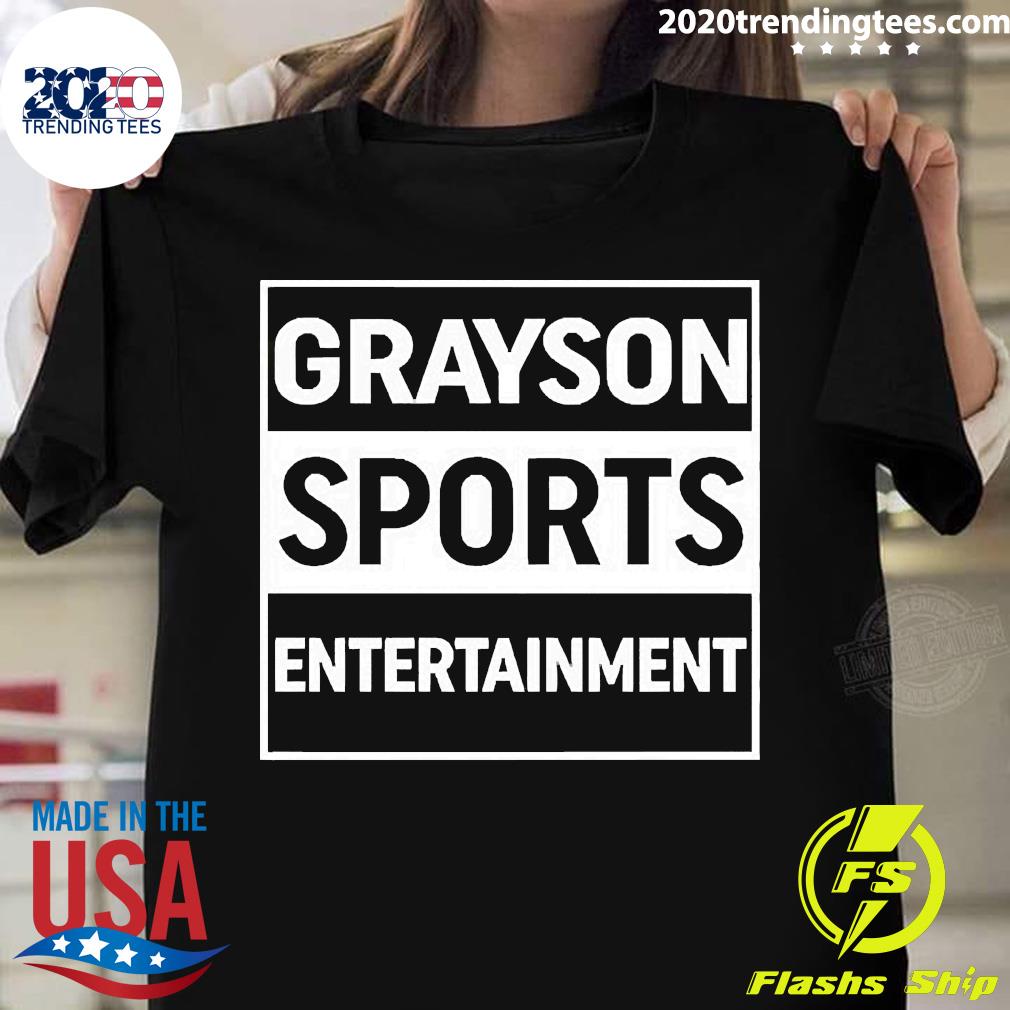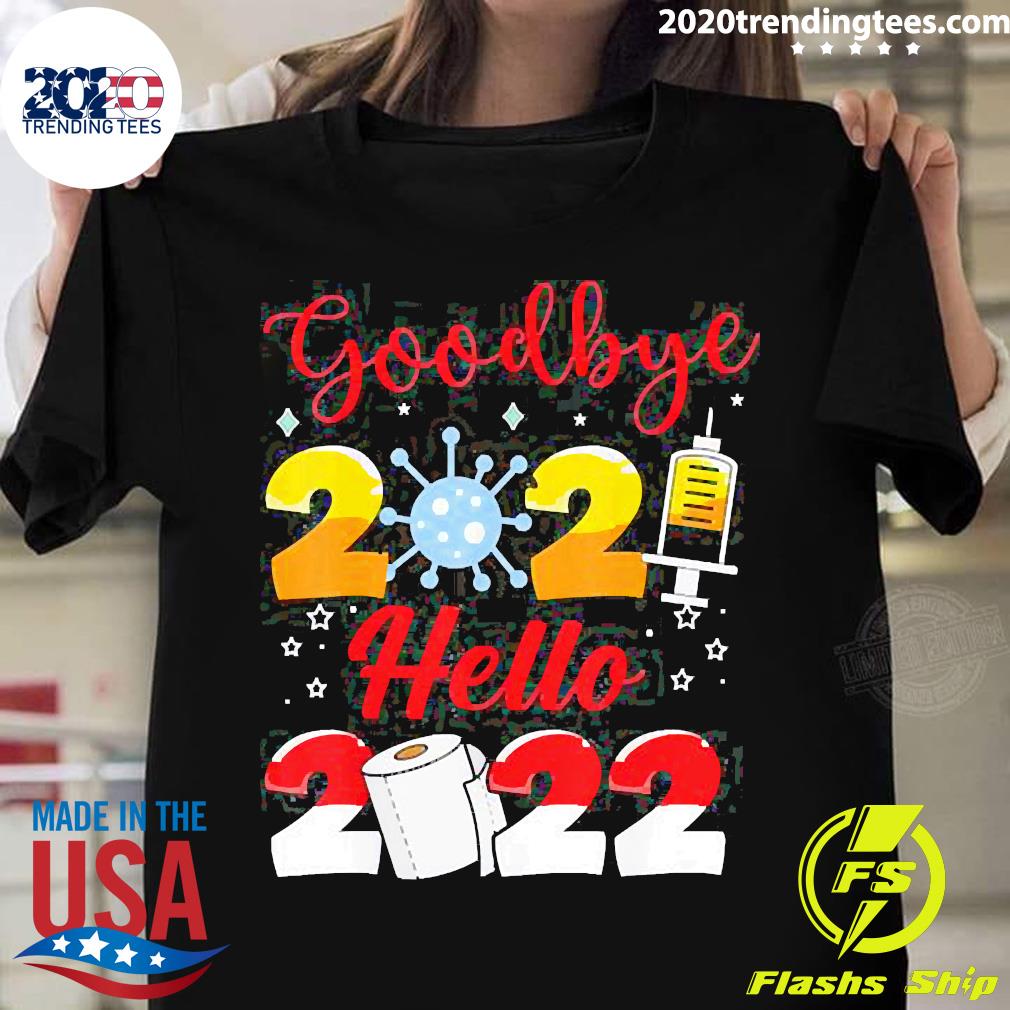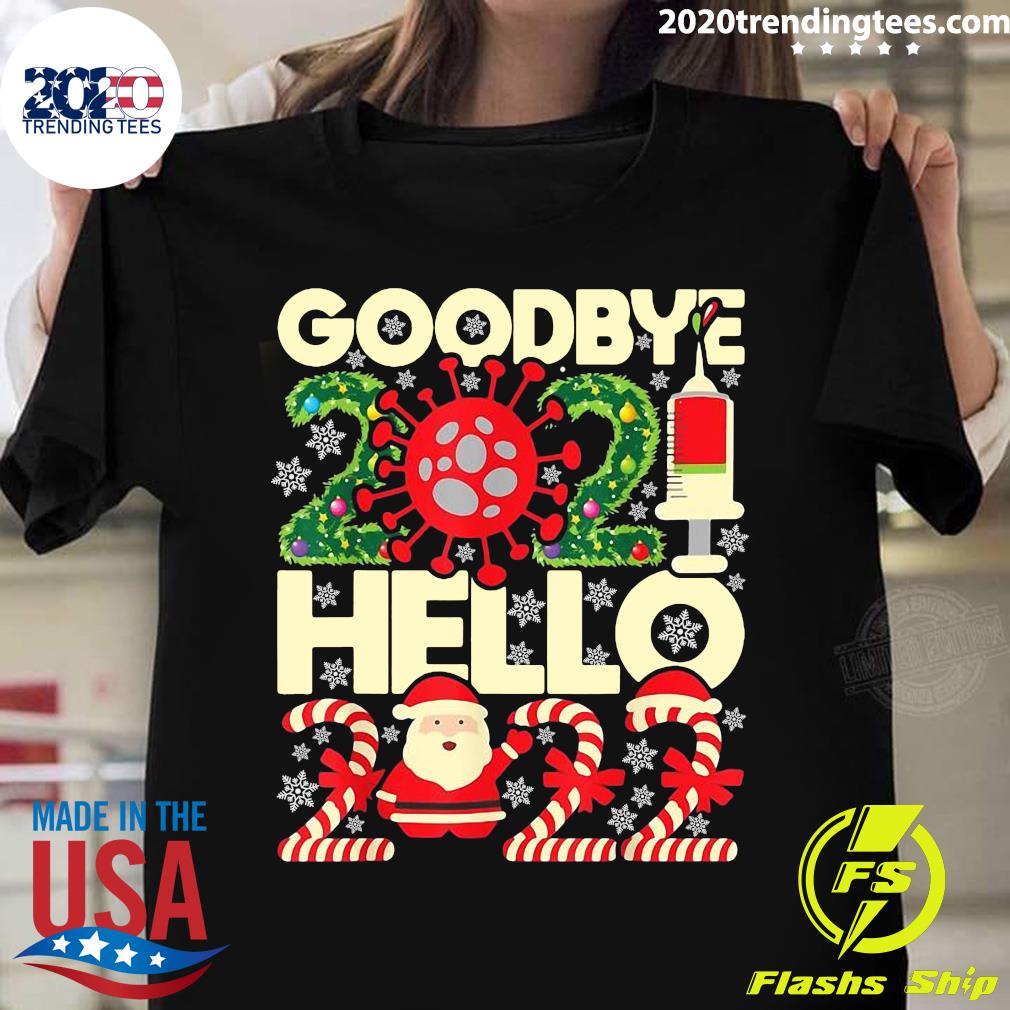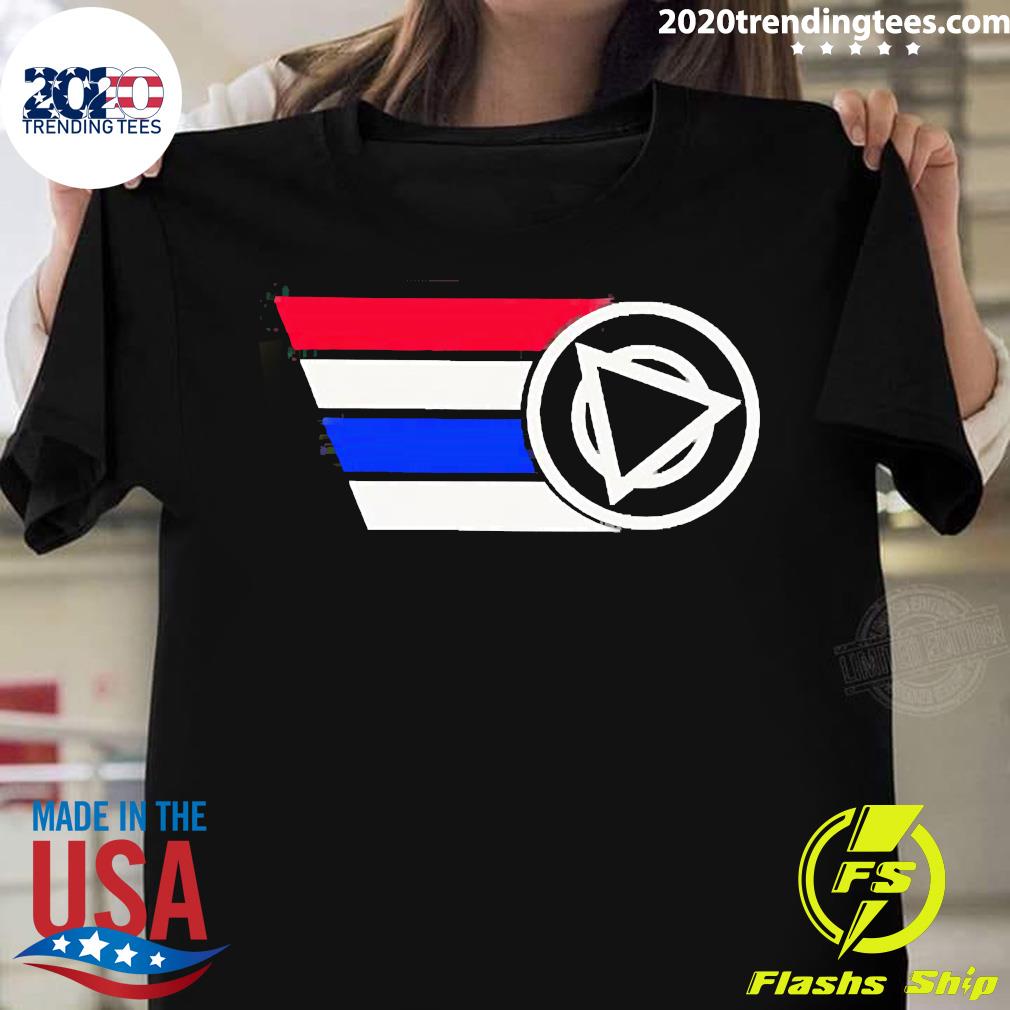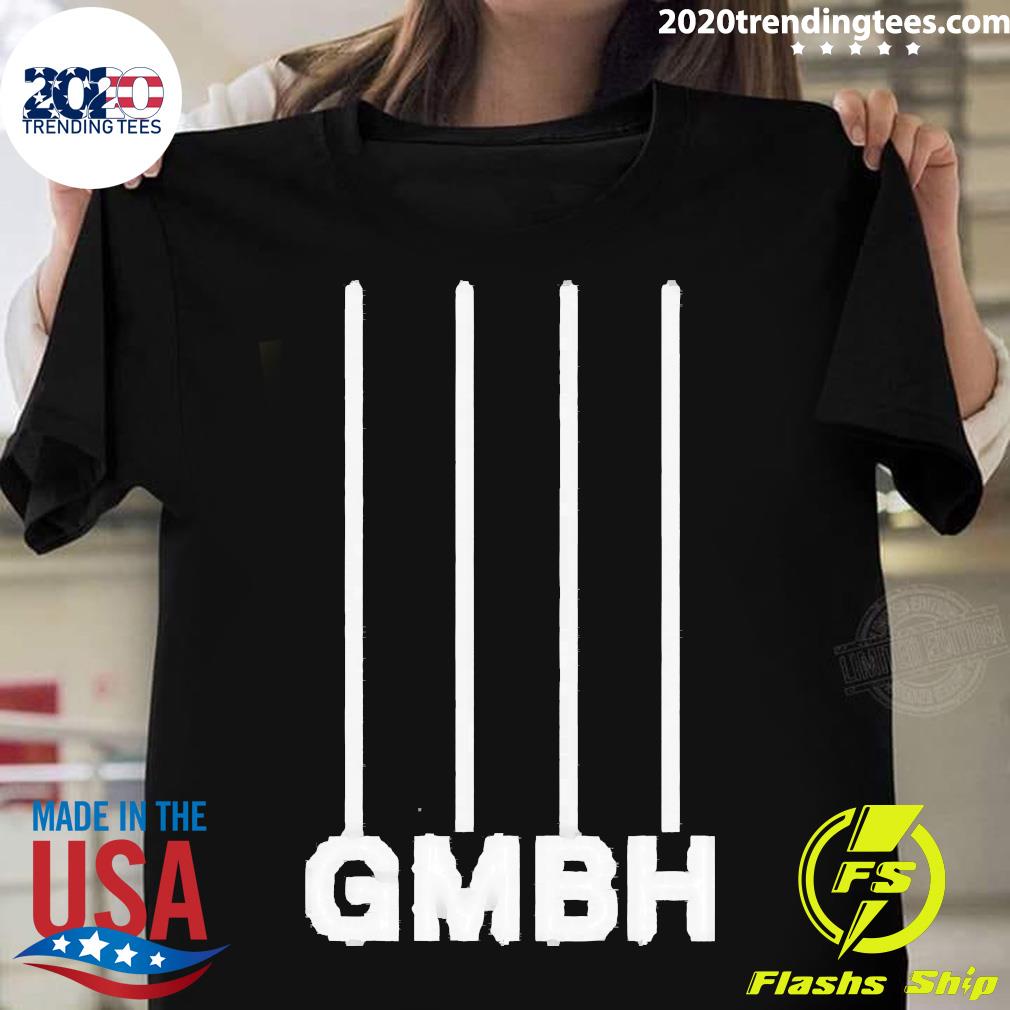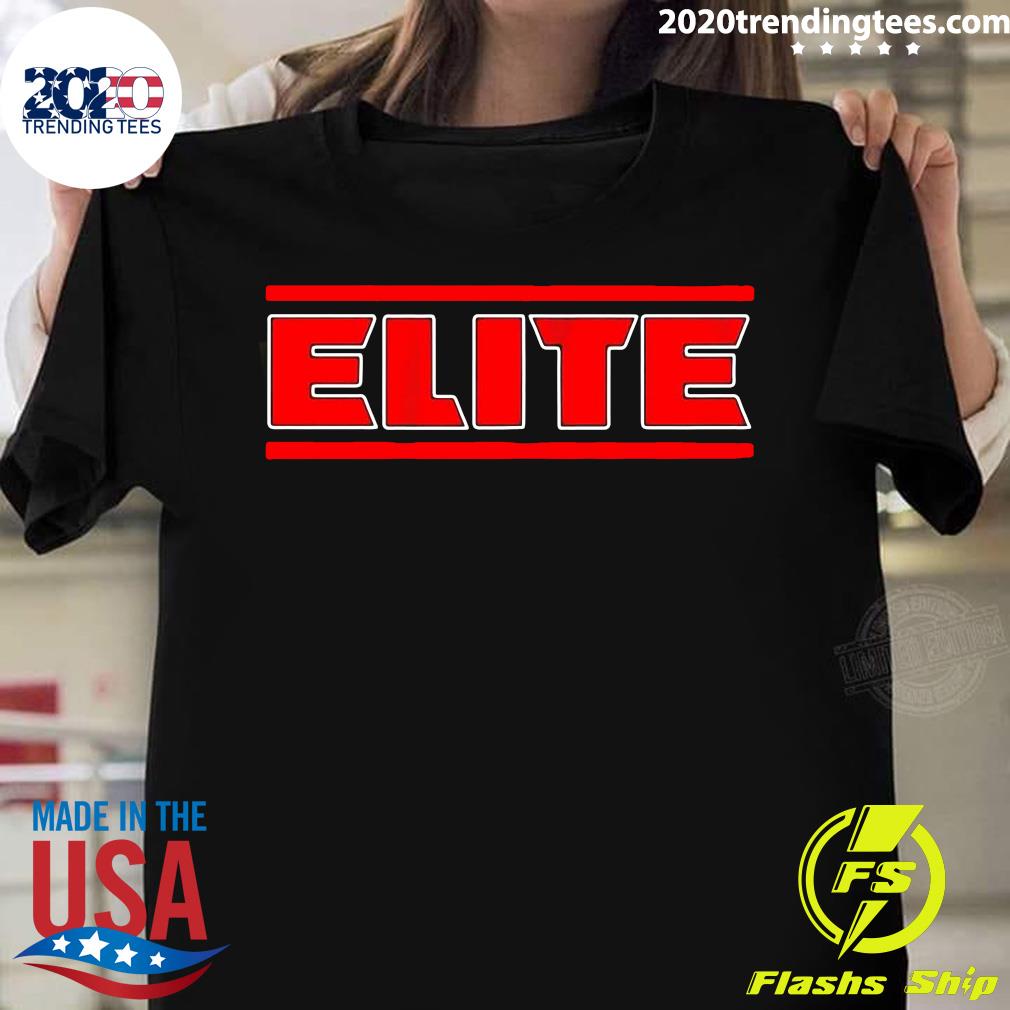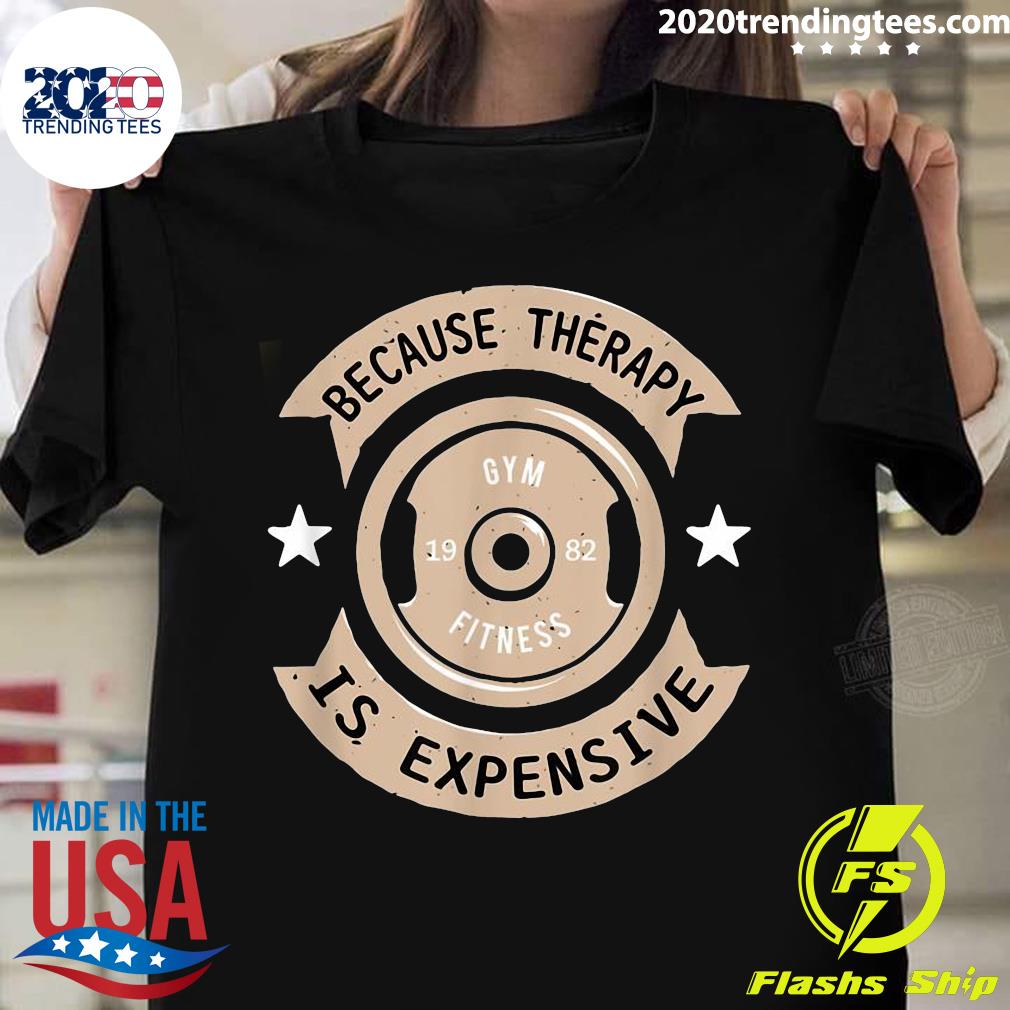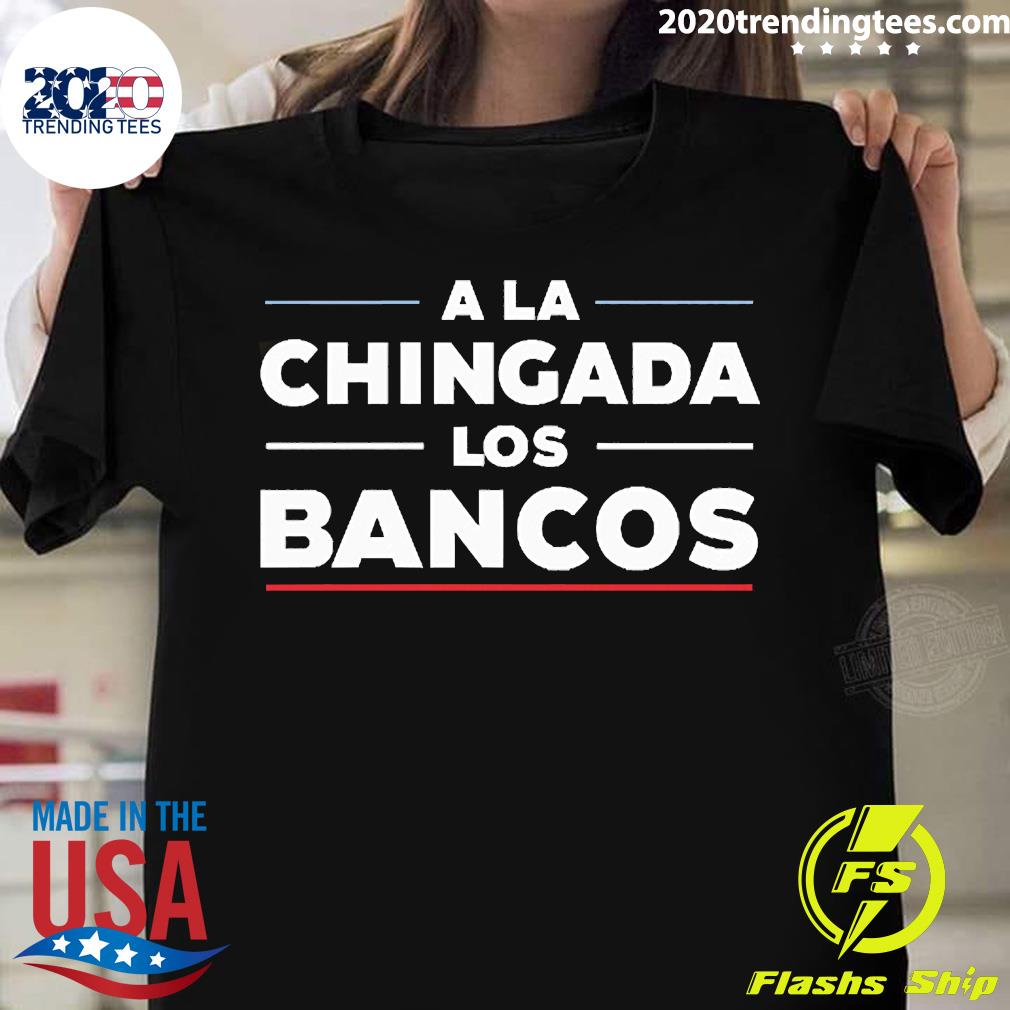Official Marvel Spider-Man No Way Home Spider-Man In Action T-shirt
Official Marvel Spider-Man No Way Home Spider-Man In Action T-shirt, Hoodie, Longsleeve tee, And Sweater
Official Marvel Spider-Man No Way Home Spider-Man In Action T-shirt! In her role as Vreeland's envoy, she became close to Alexander Liberman, the editorial director of Condé Nast. When Vreeland left in 1971, he installed Mirabella in her place. Vreeland's red and leopard print office was painted beige for Mirabella's appearance, announcing a shift away from the avant-garde and towards what Vogue fashion editor Jade Hobson would later describe as "" a very reader-centered approach.” Mirabella believes there is an army of women entering the workplace who need the clothes that will help them move up the career ladder. For these women, fashion doesn't necessarily come first, she says. “Grace is truly a businesswoman,” her friend, Dawn Mello, president of Bergdorf Goodman, once said. “She is not placid. She always has the reader in mind.”See more about this source textEnter source text for information Indeed, Mirabella liked to think of clothes first and foremost as a uniform. “I’m a firm believer that the key to dressing well, the key to style, is that you don’t have to reinvent yourself every day,” she said. Mirabella personified her philosophy of easy-going elegance, and her own wardrobe featured an eclectic mix of designers that included Yves Saint Laurent, Bill Blass.Geoffrey Beene, Calvin Klein, Ralph Lauren, Giorgio Armani, Emanuel Ungaro, and Donna Karan. Still, in 2010, Mirabella conceded that her reputation as a pragmatist bothered her. “I remember that people would say that I like practical clothes that always killed me,” she said. “I liked style… but fashion as in ‘trendy’ never really interested me that much.” Under Mirabella and Liberman, the presence of the jet-set and the aristocratic tribes in Vogue gradually diminished. Official Marvel Spider-Man No Way Home Spider-Man In Action T-shirt! “In an age of Gloria Steinem's and Barbra Streisands, they were passé,” Mirabella wrote with characteristic frankness in her autobiography In and Out of Vogue. “I didn’t want to showcase women who had no other credit to their names but their names. I wanted to give Vogue back to real women… I wanted to give Vogue over to women who were journalists, writers, actresses, artists, playwrights, businesswomen.” Lisa Taylor, Patti Hansen, Roseanne Vela, Karen Graham, and Lauren Hutton were among Mirabella’s favored models. Describing the Vogue woman of the 1970s, Mirabella said: “She gives off this little bit more easy-going, healthier, approachable look. It’s a certain kind of good looks, it’s not over-polished.”

